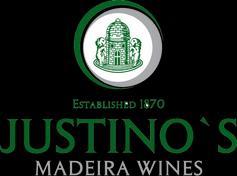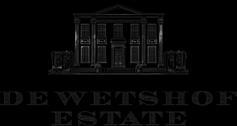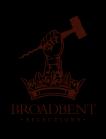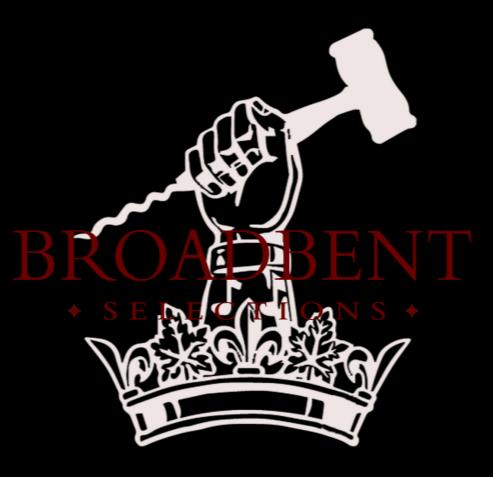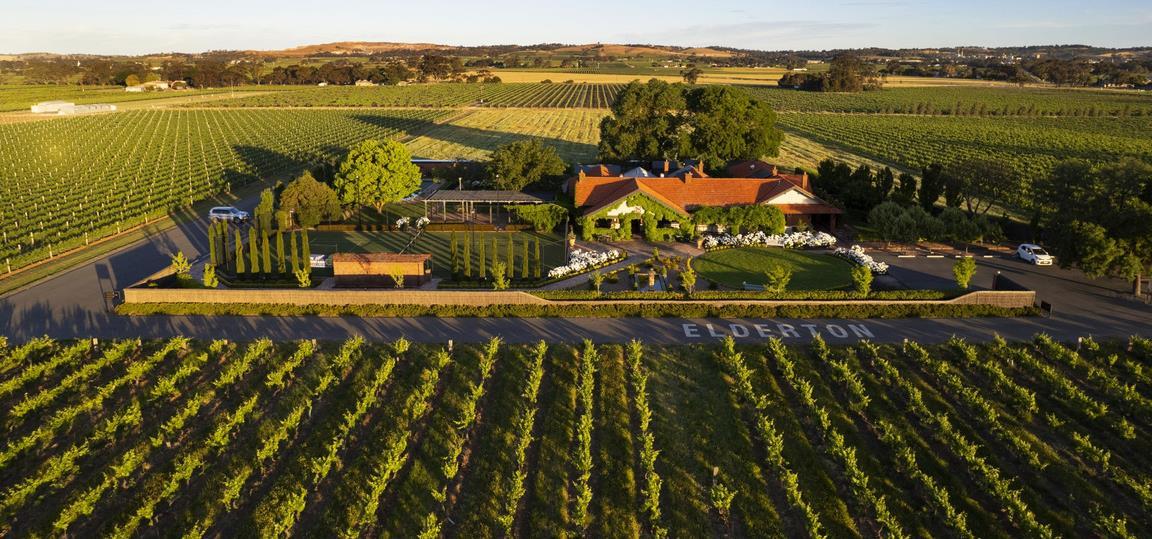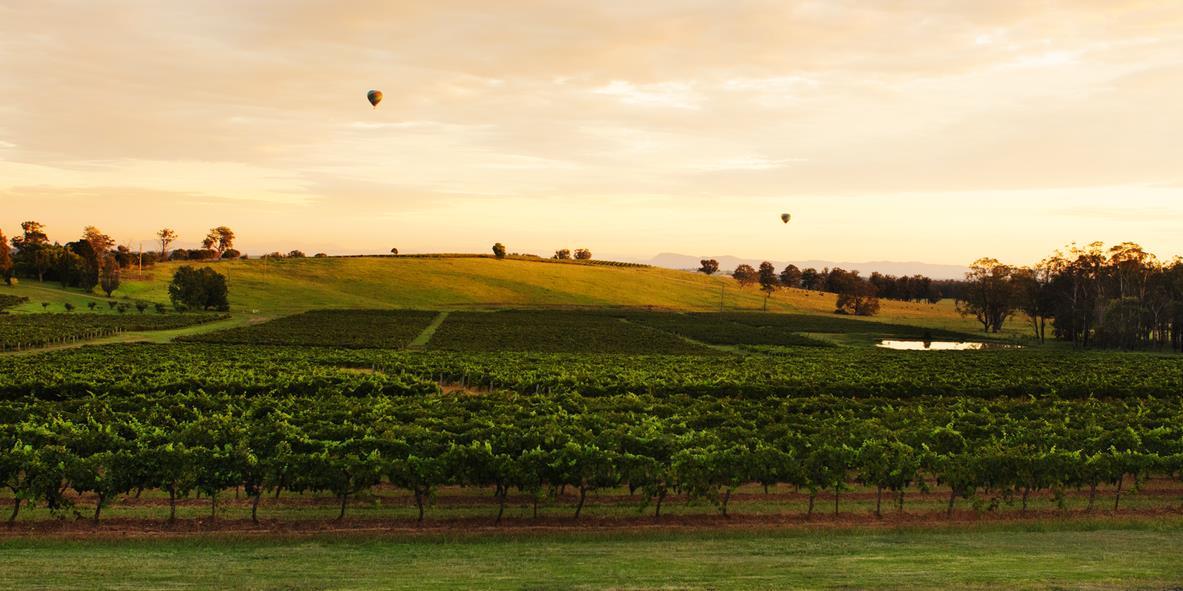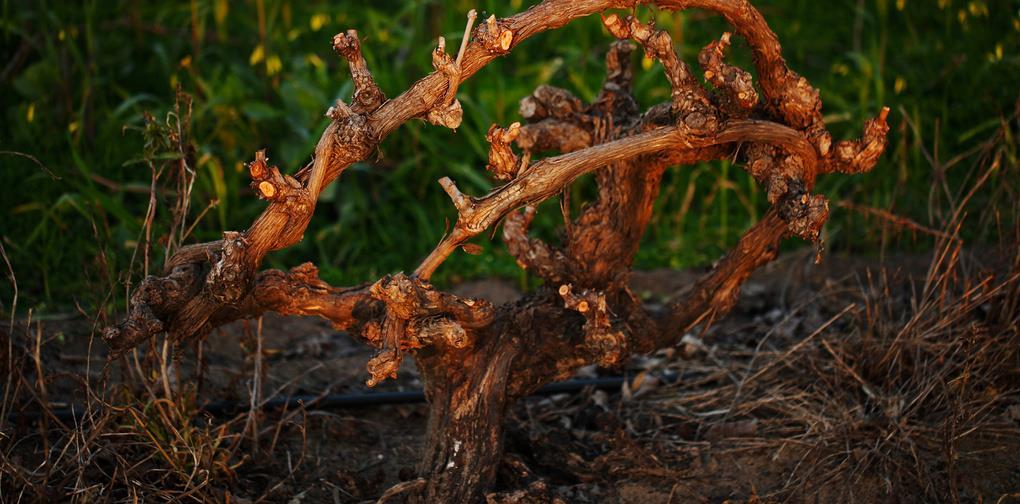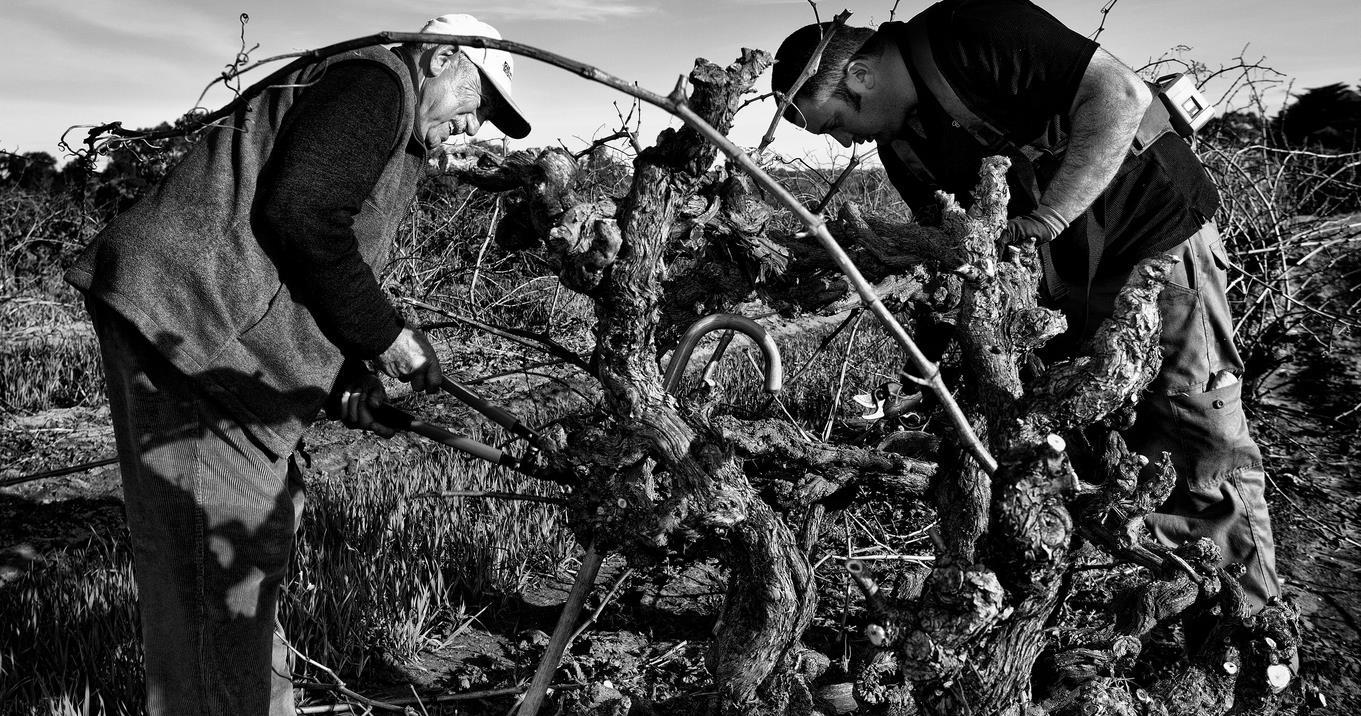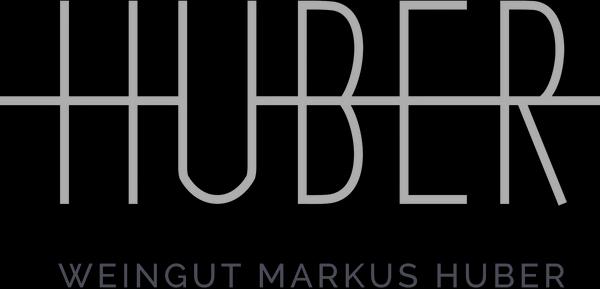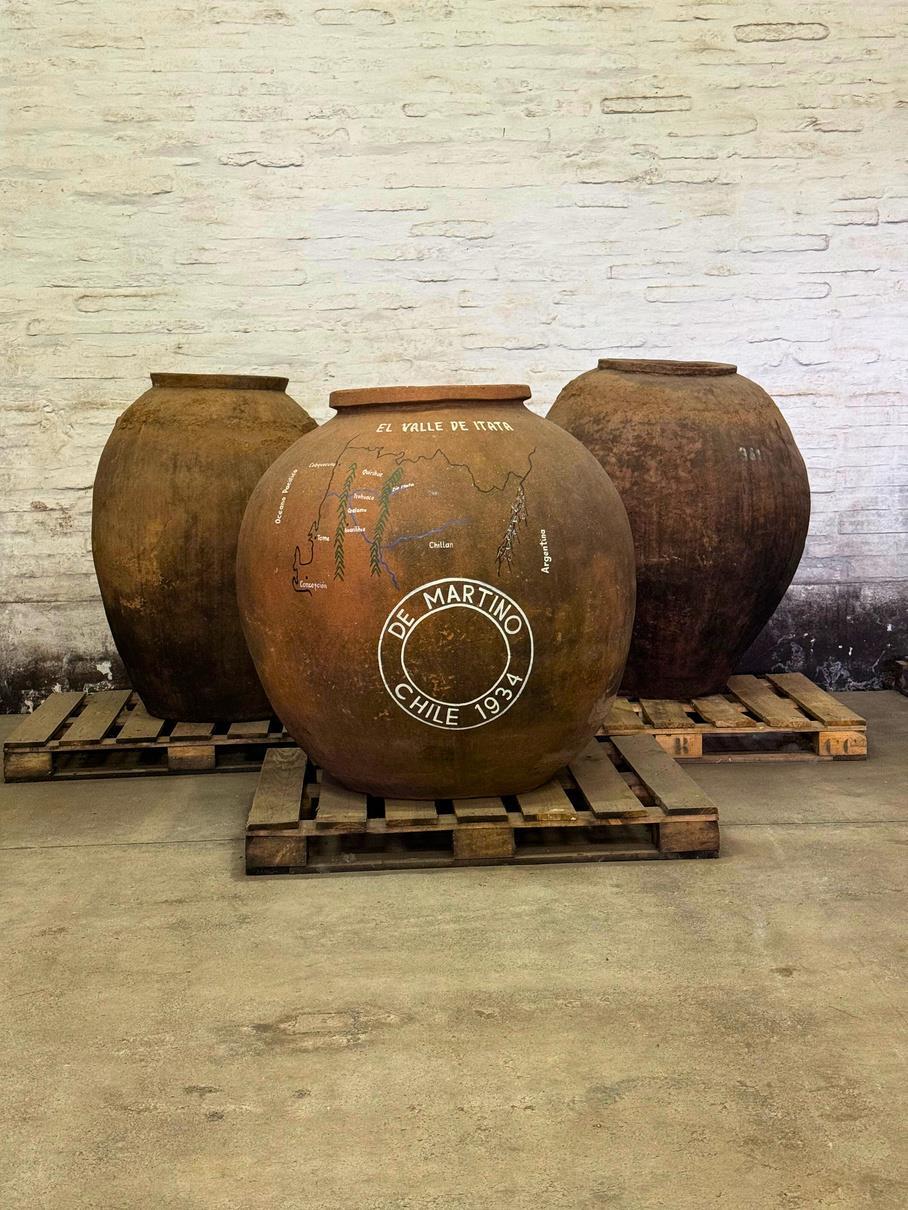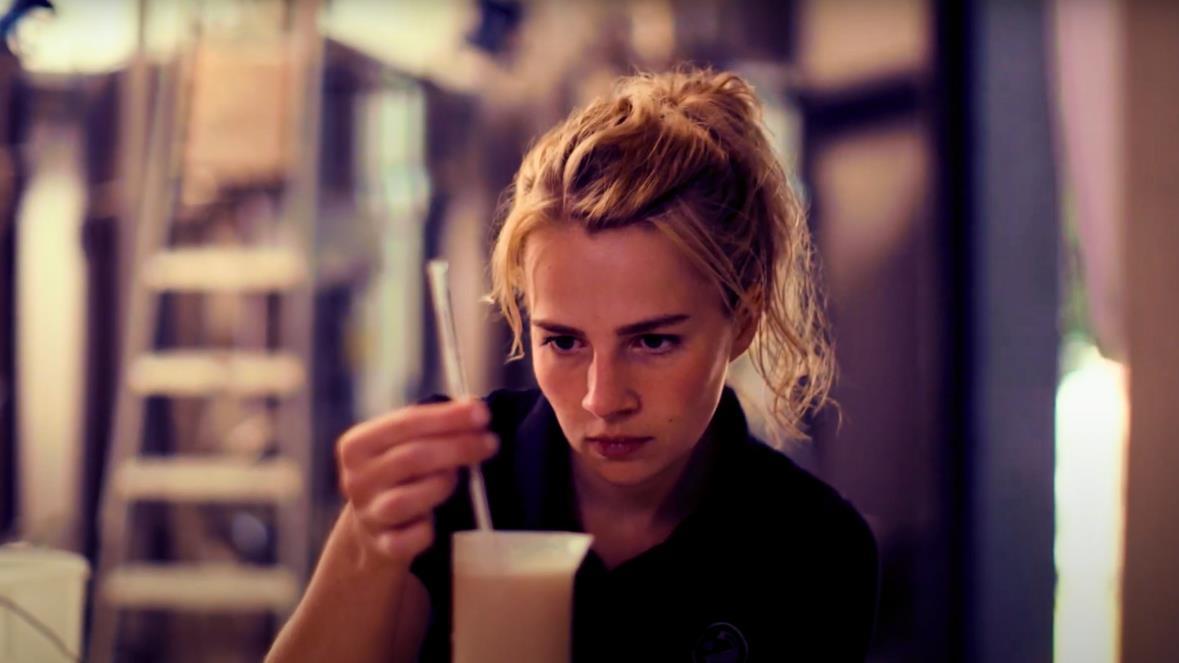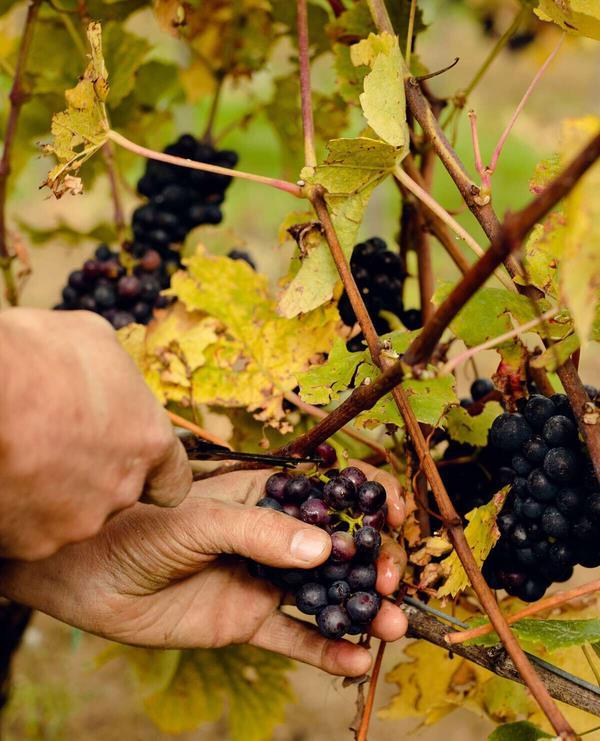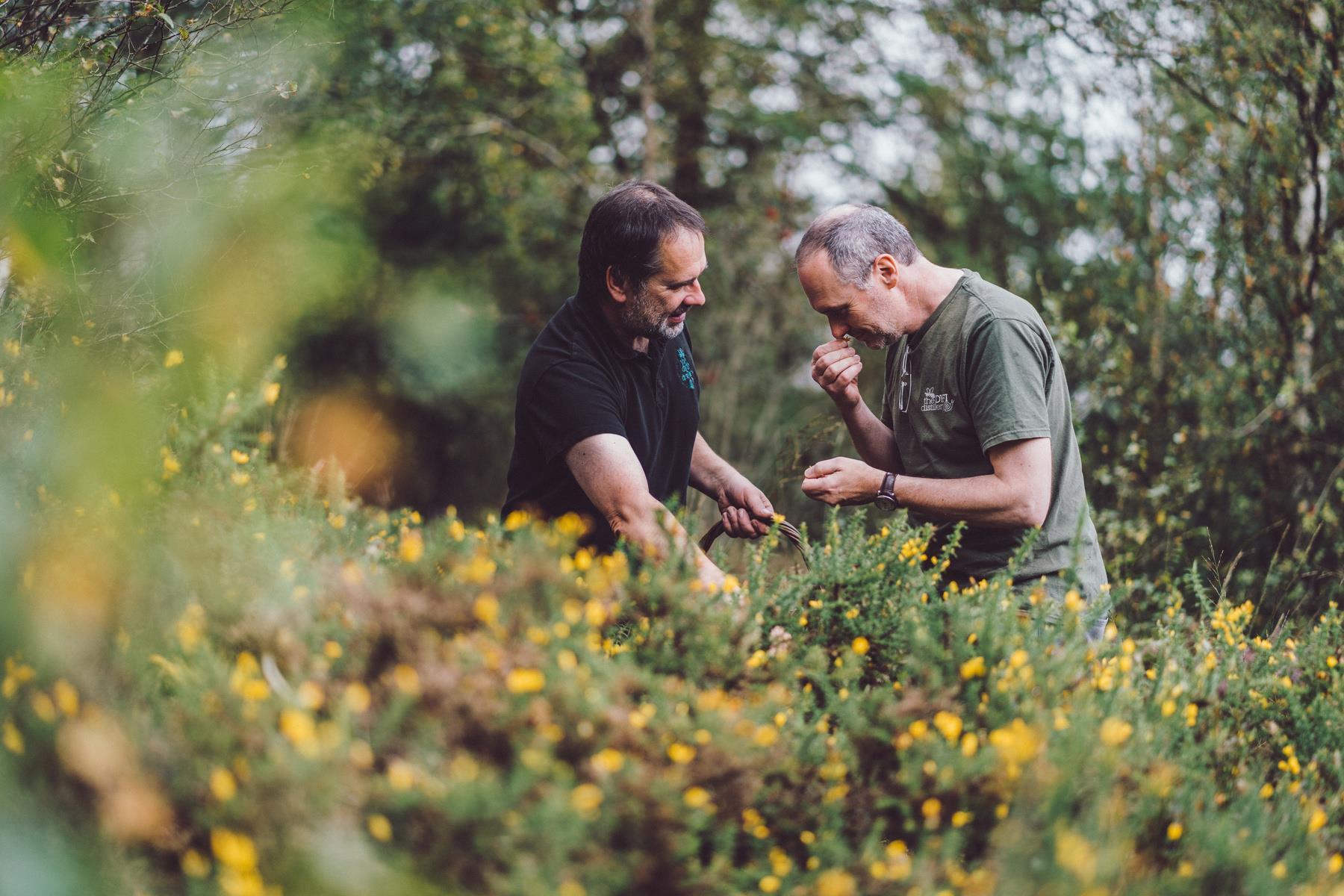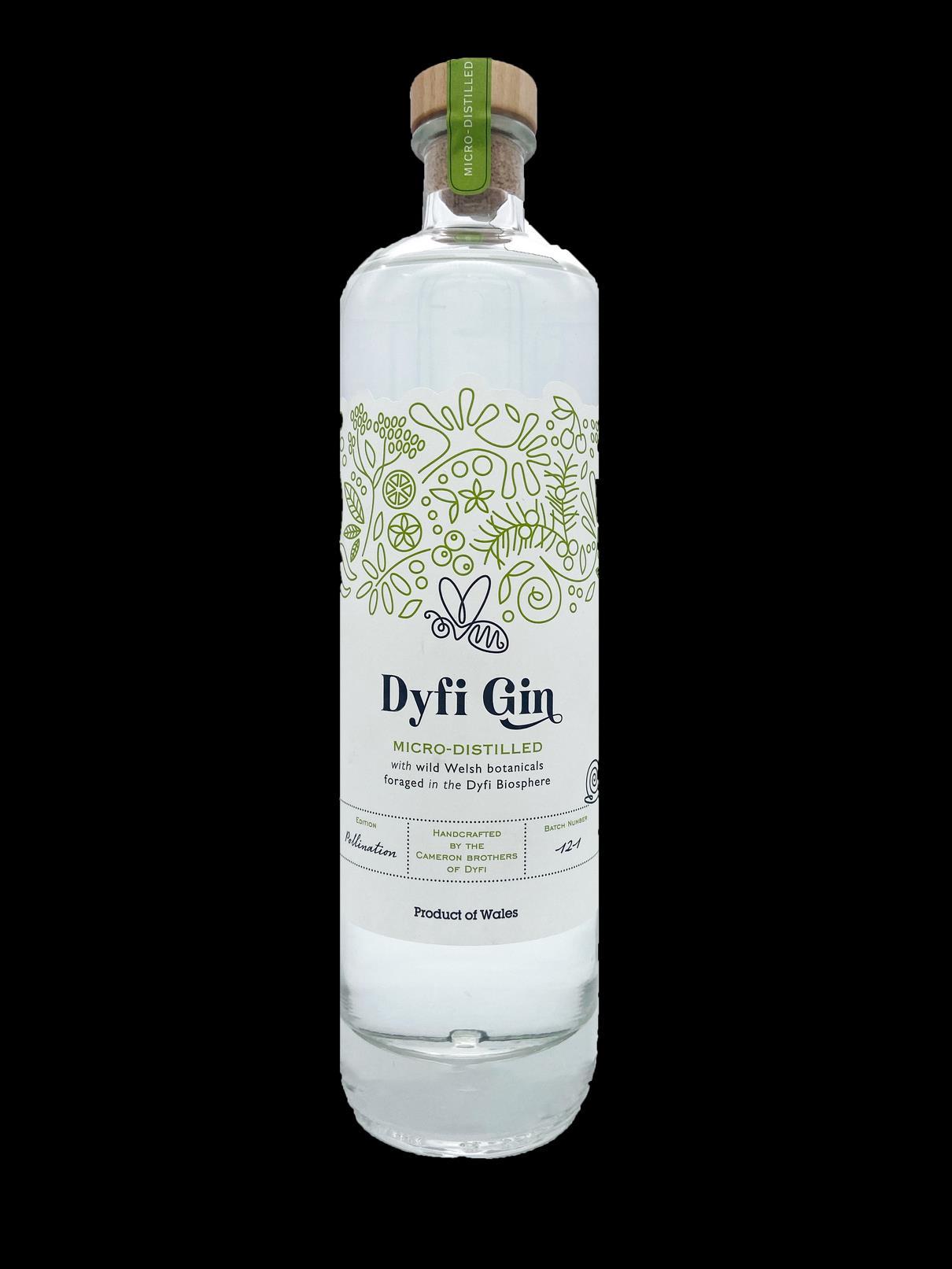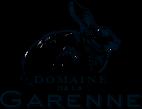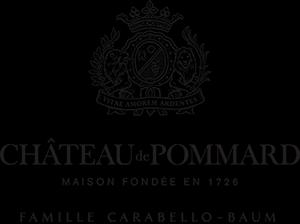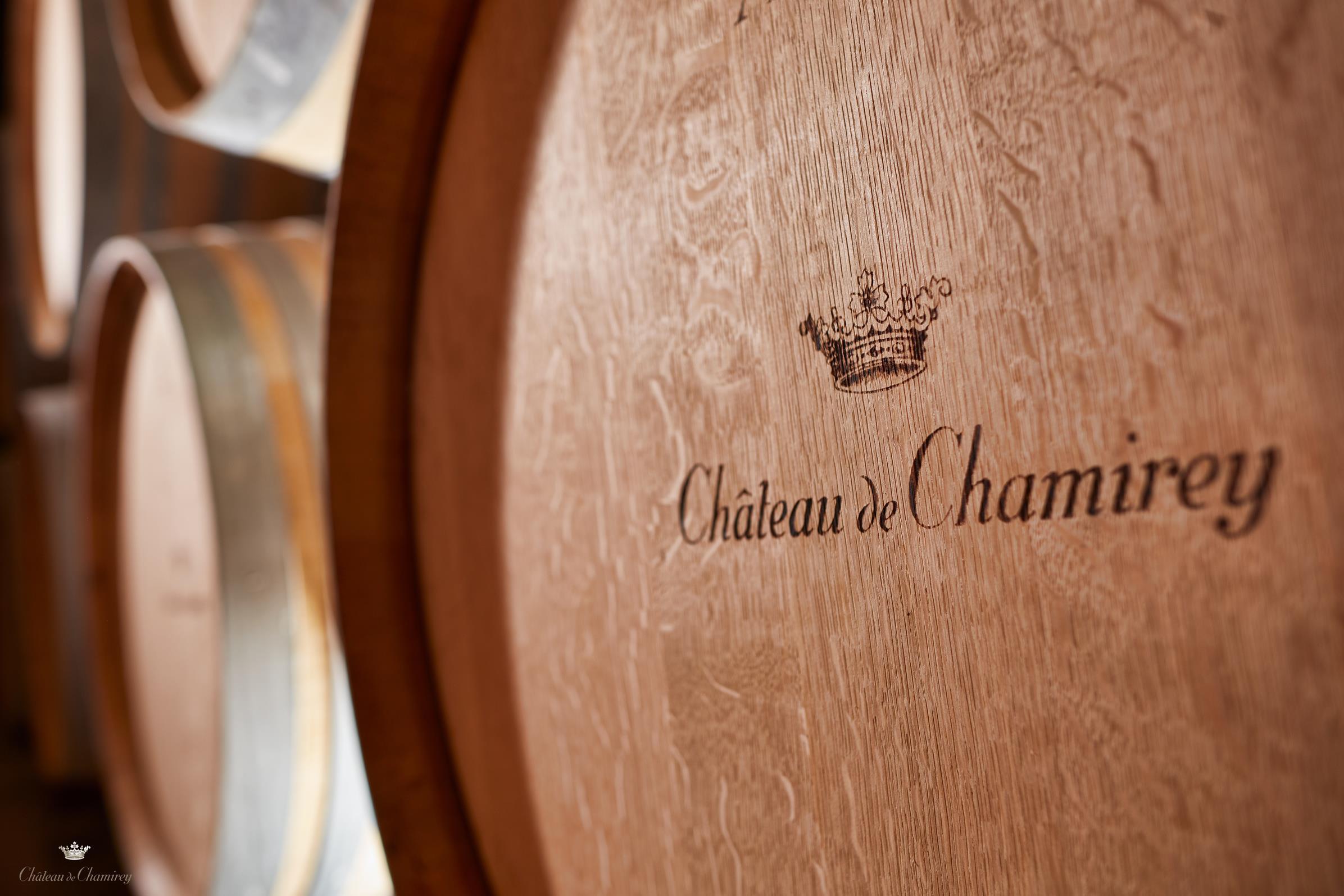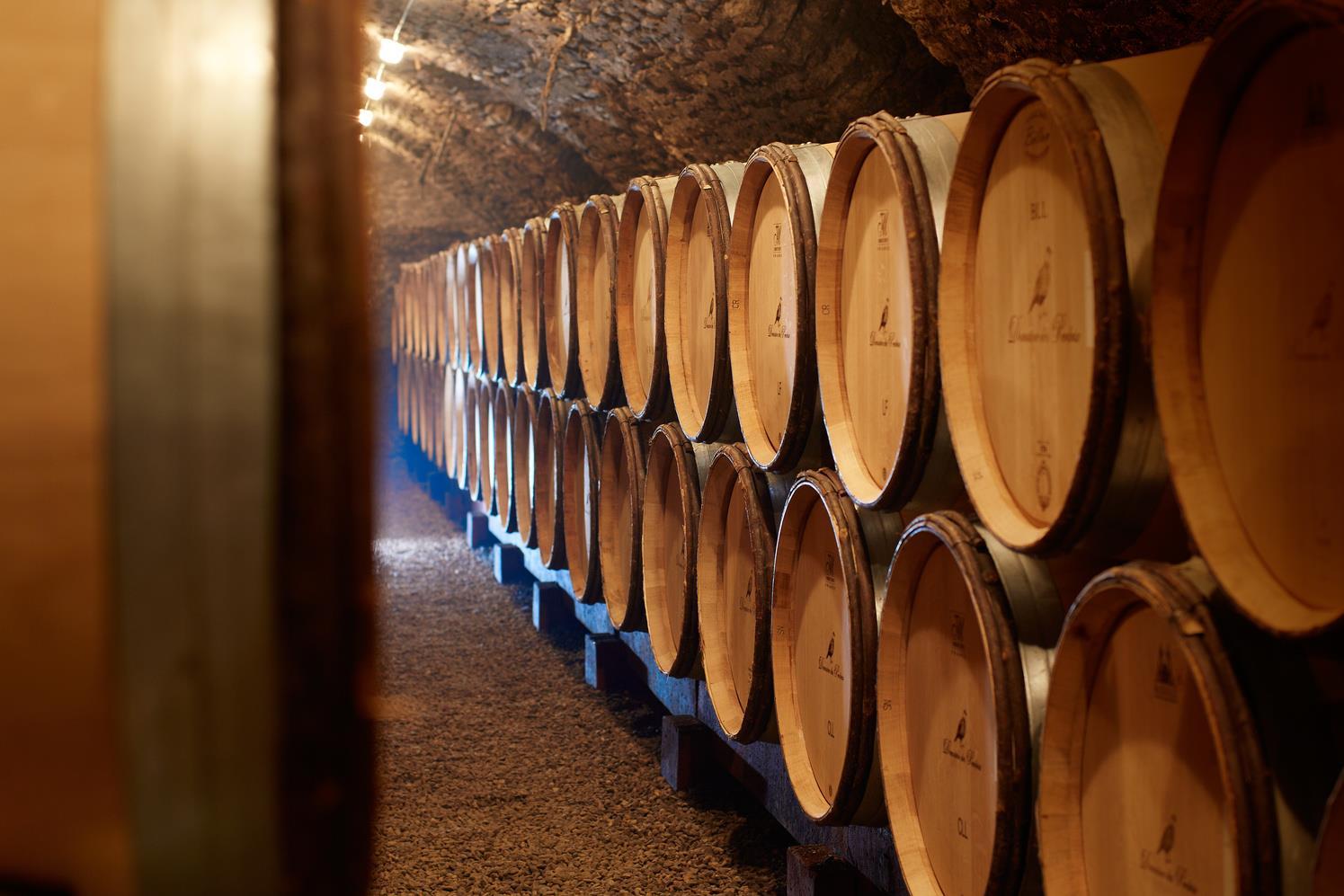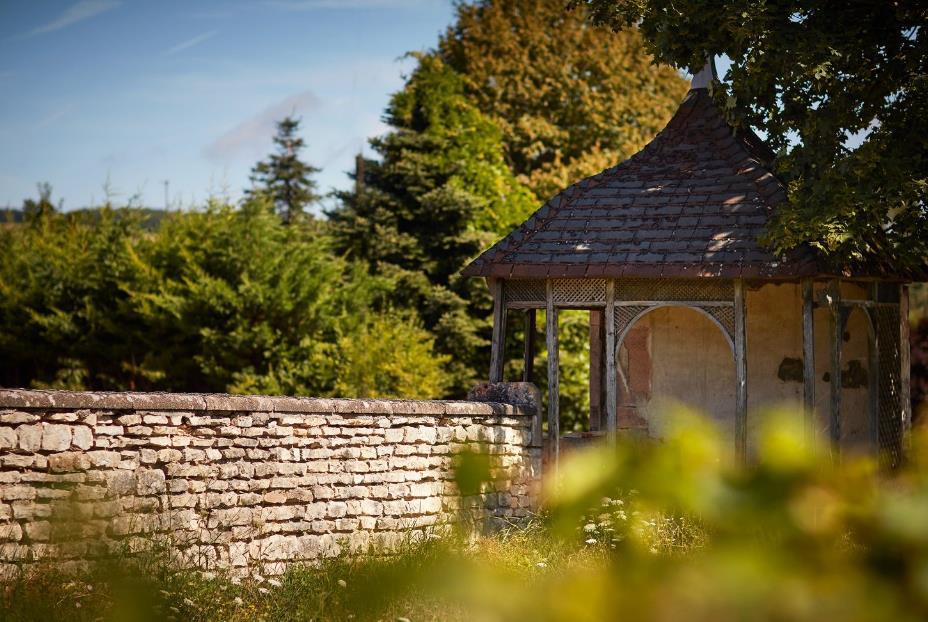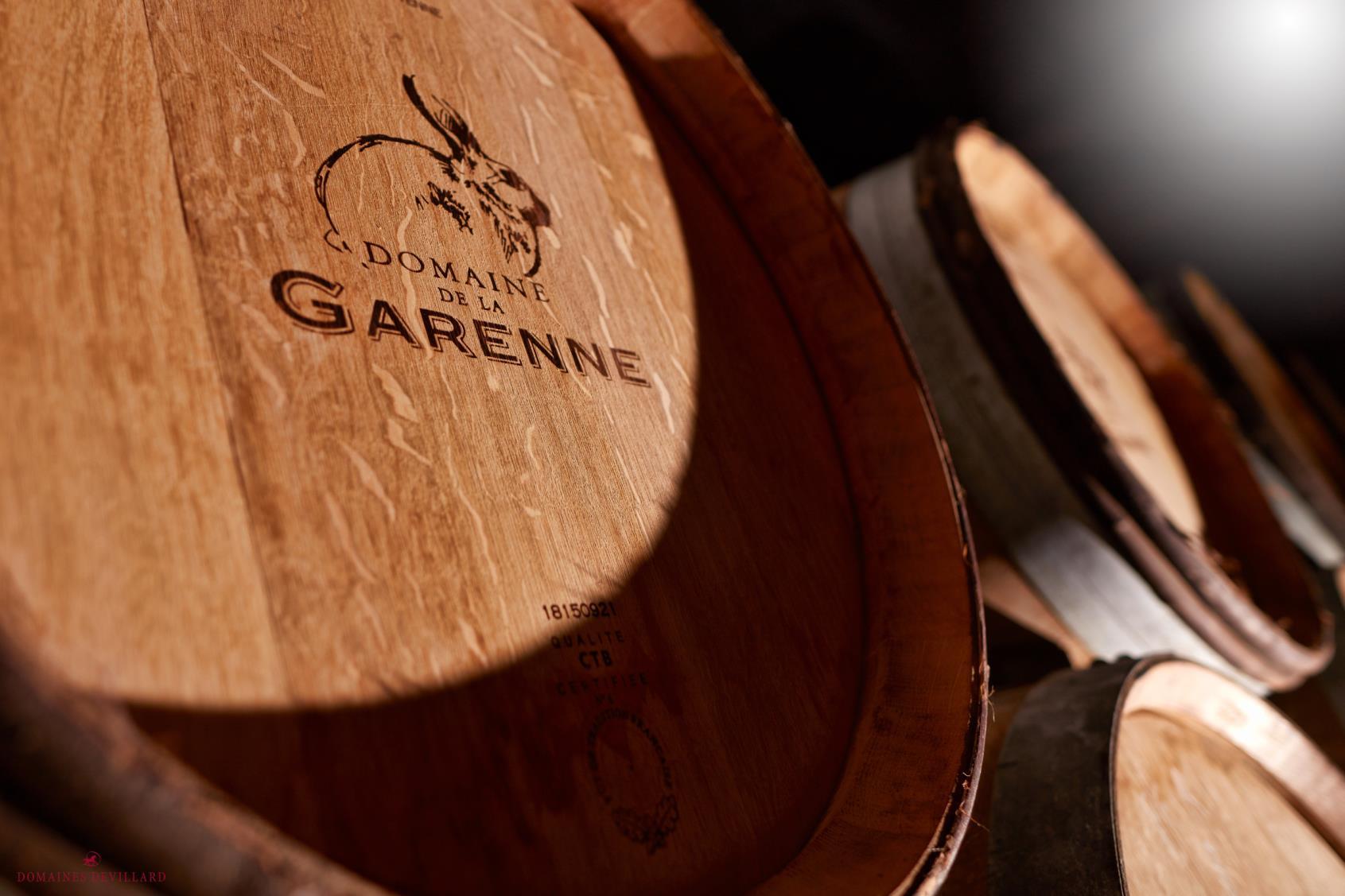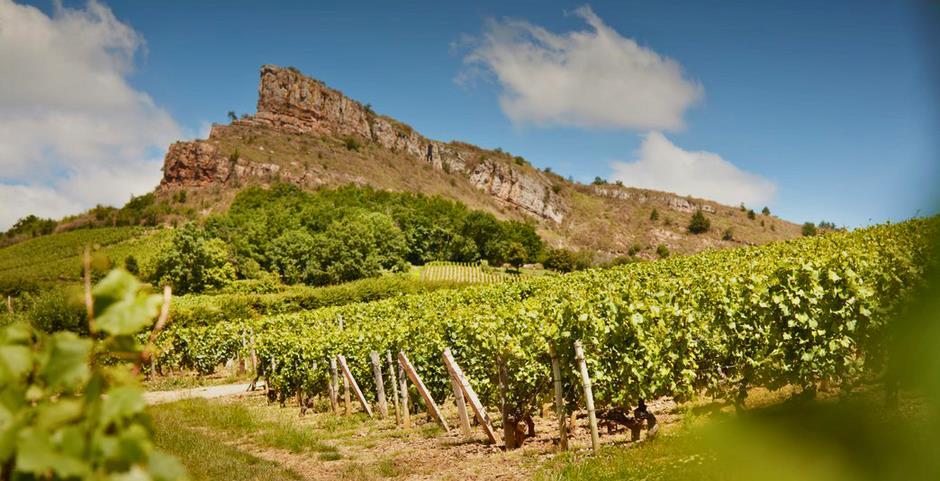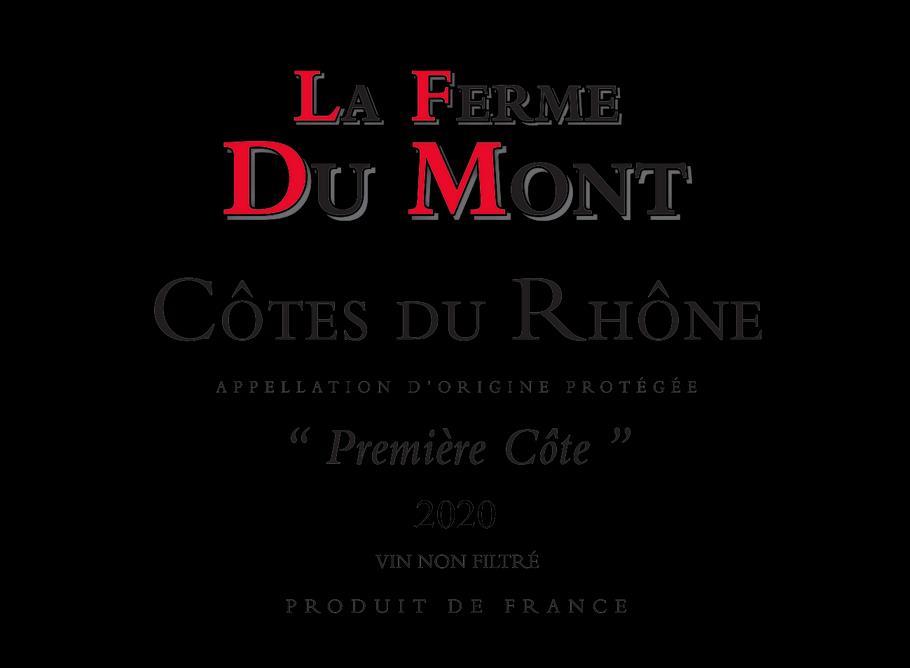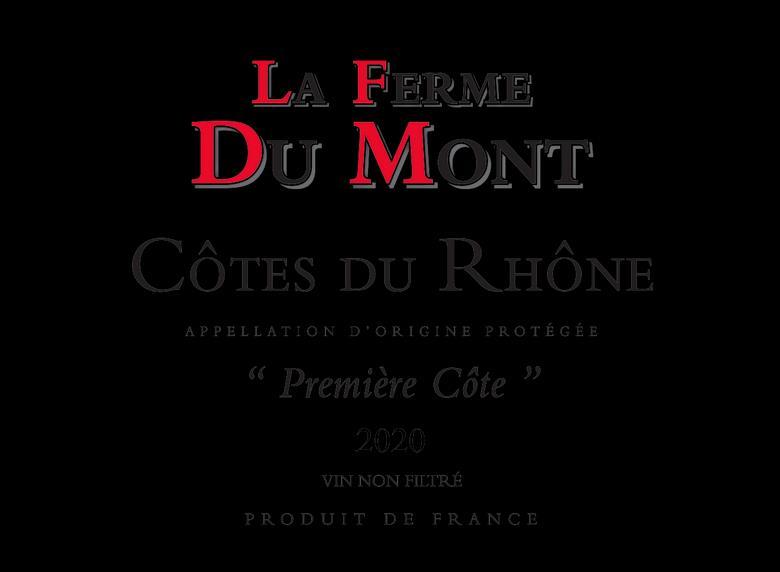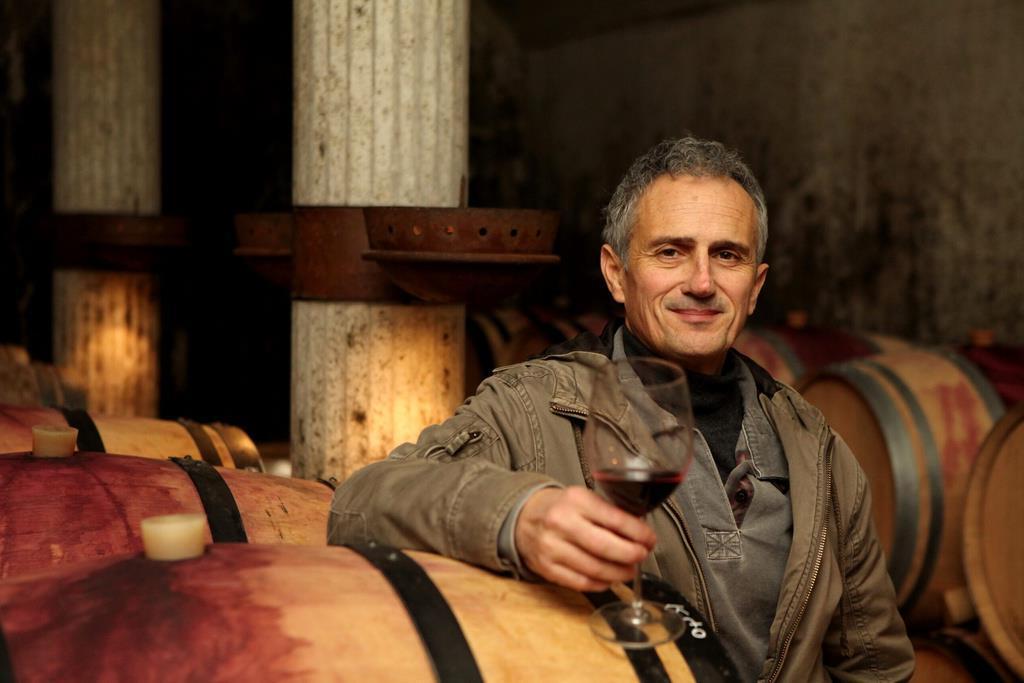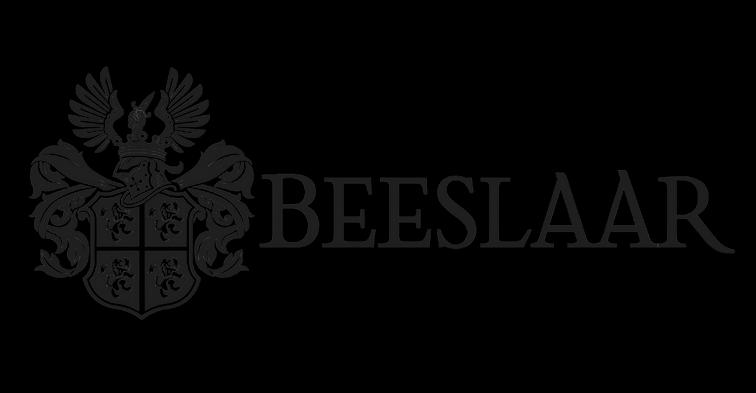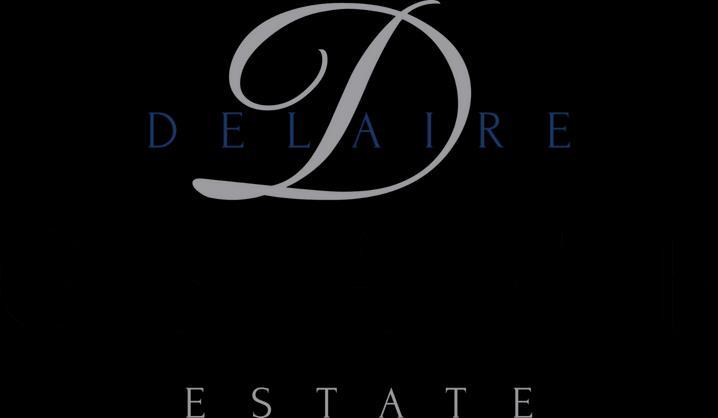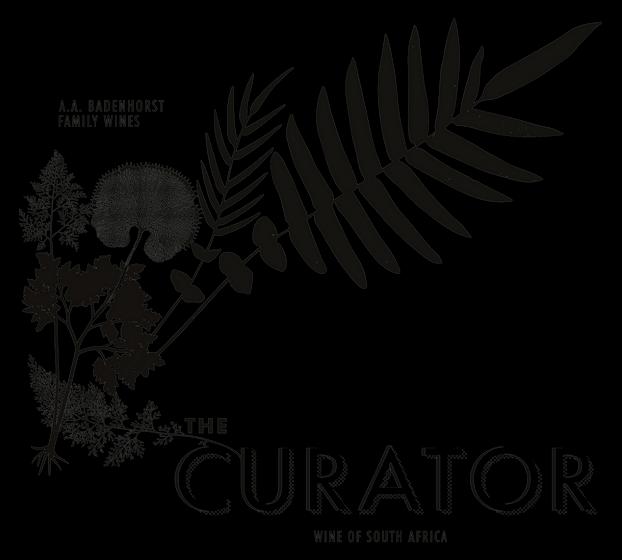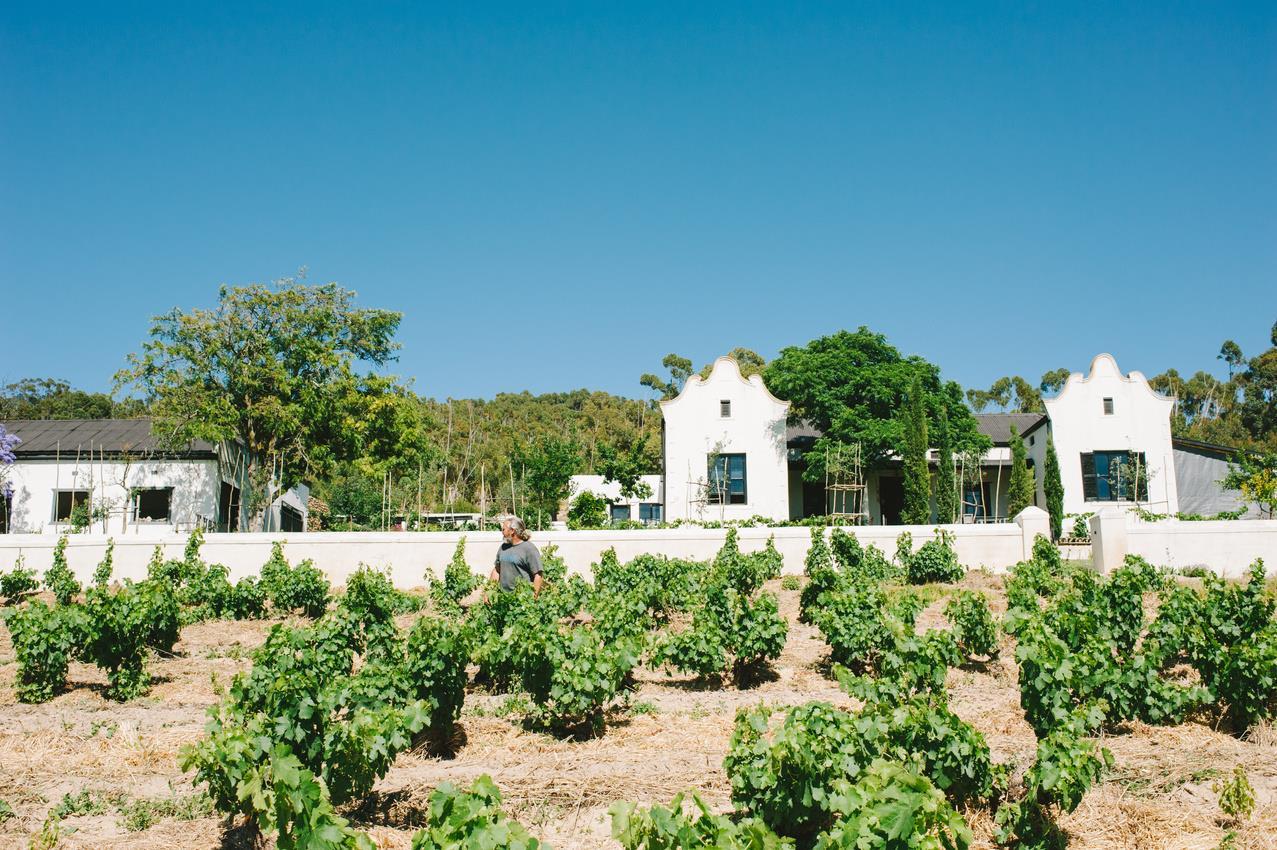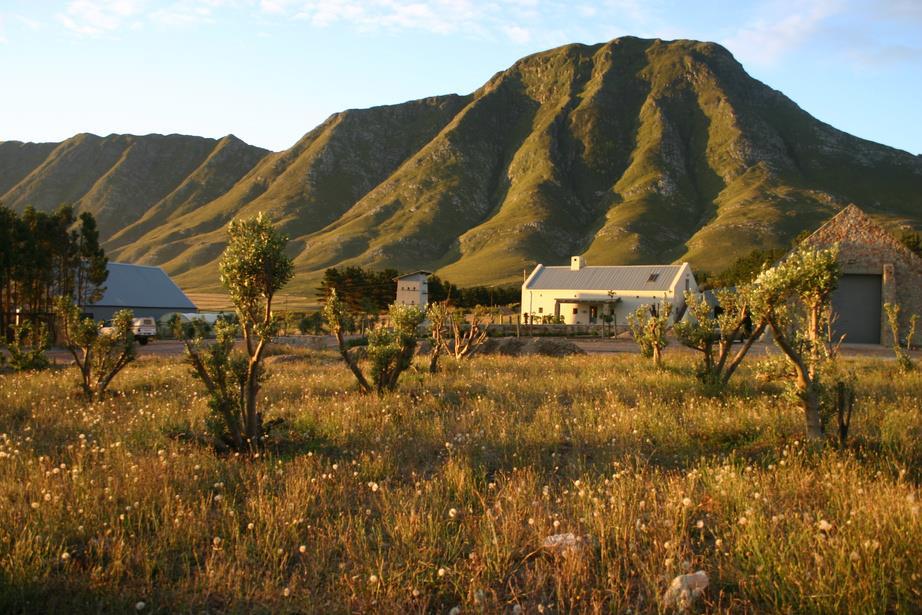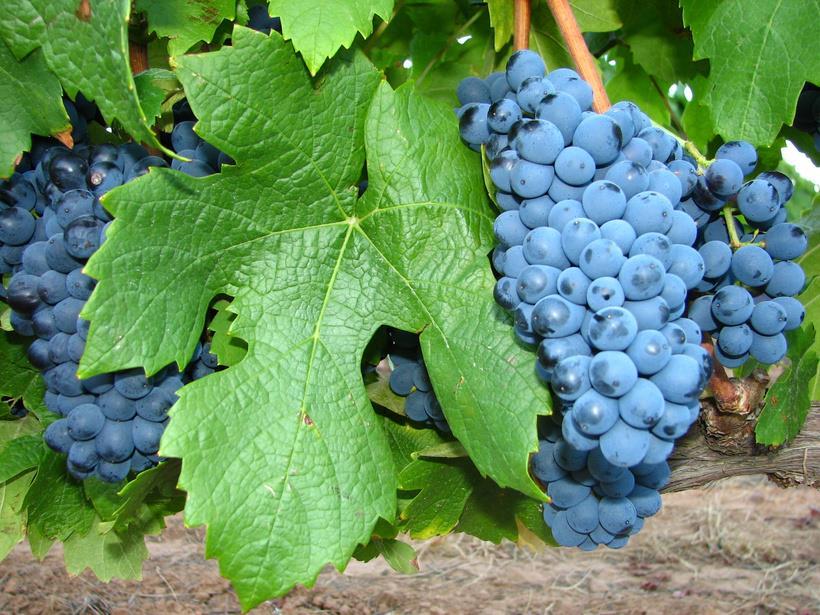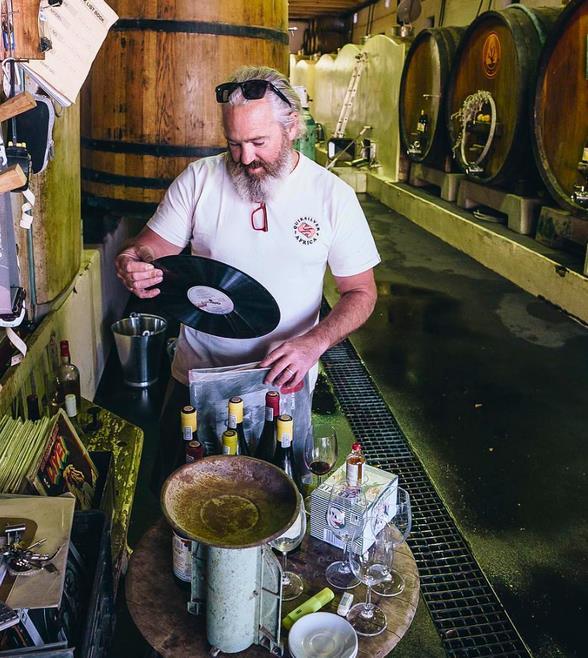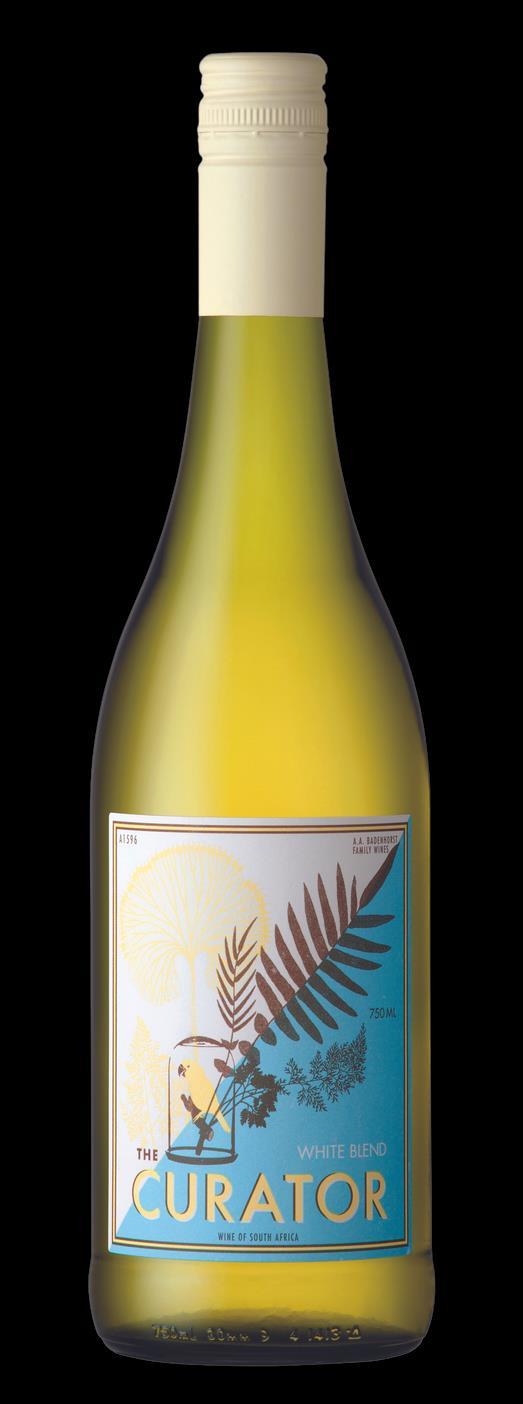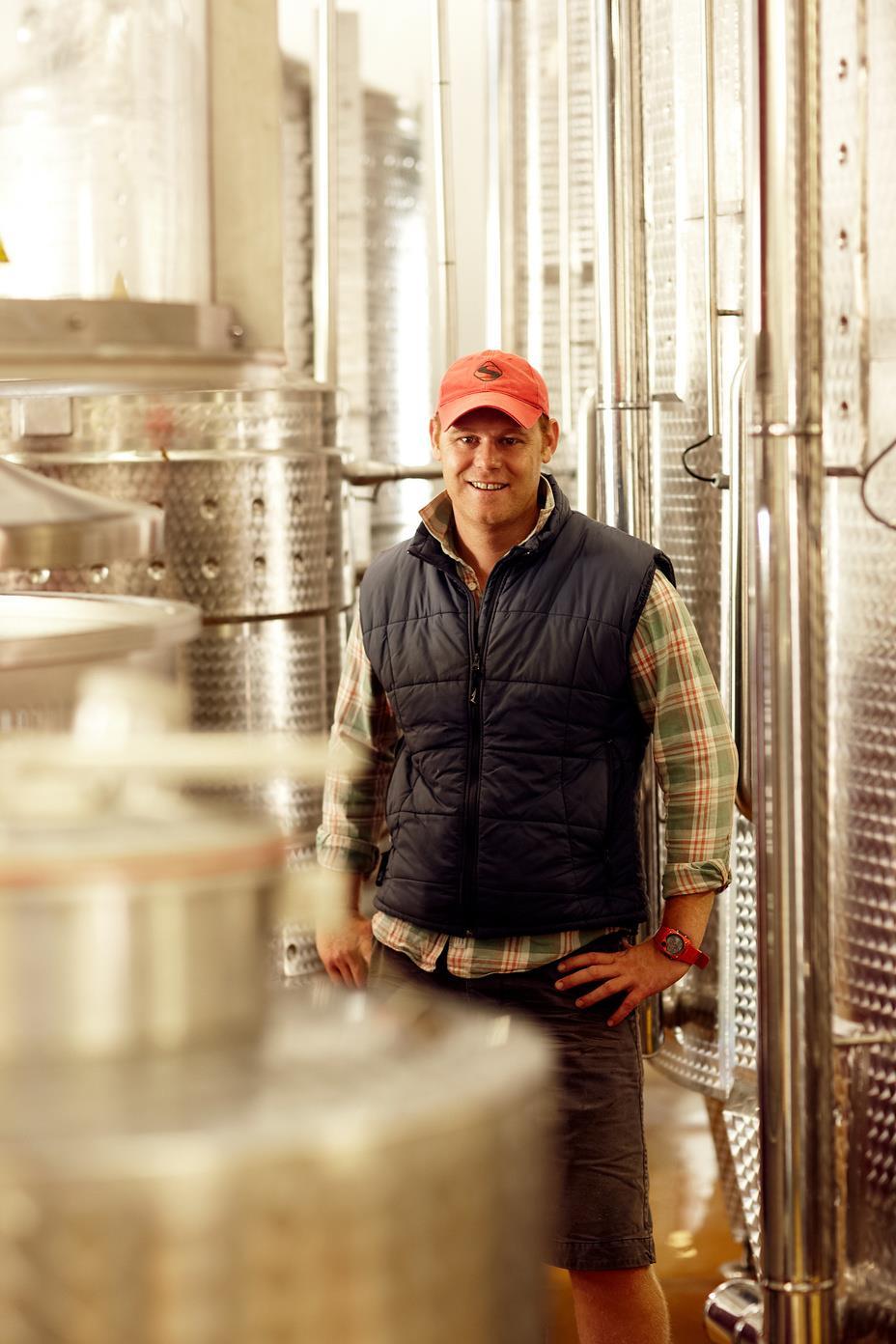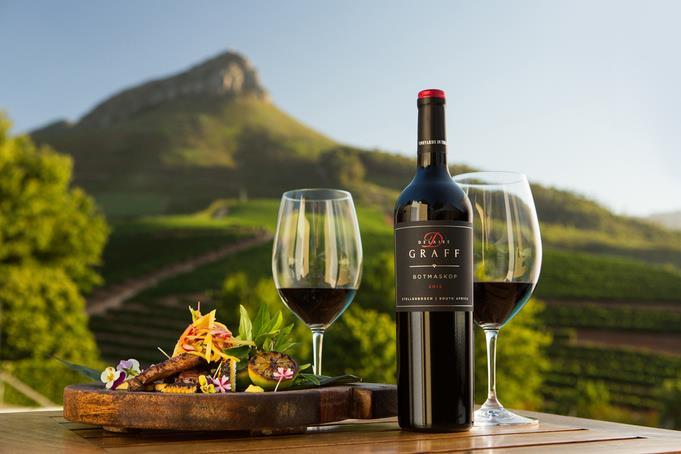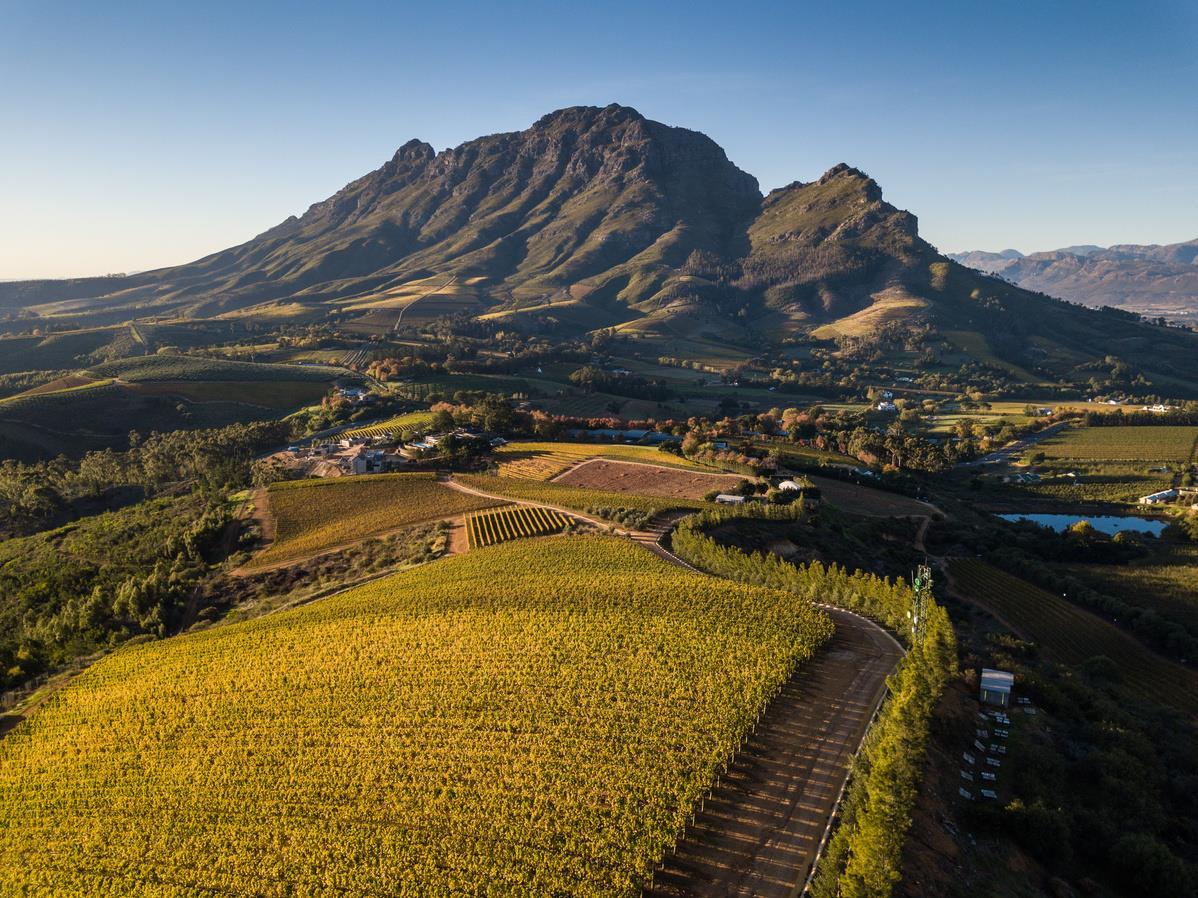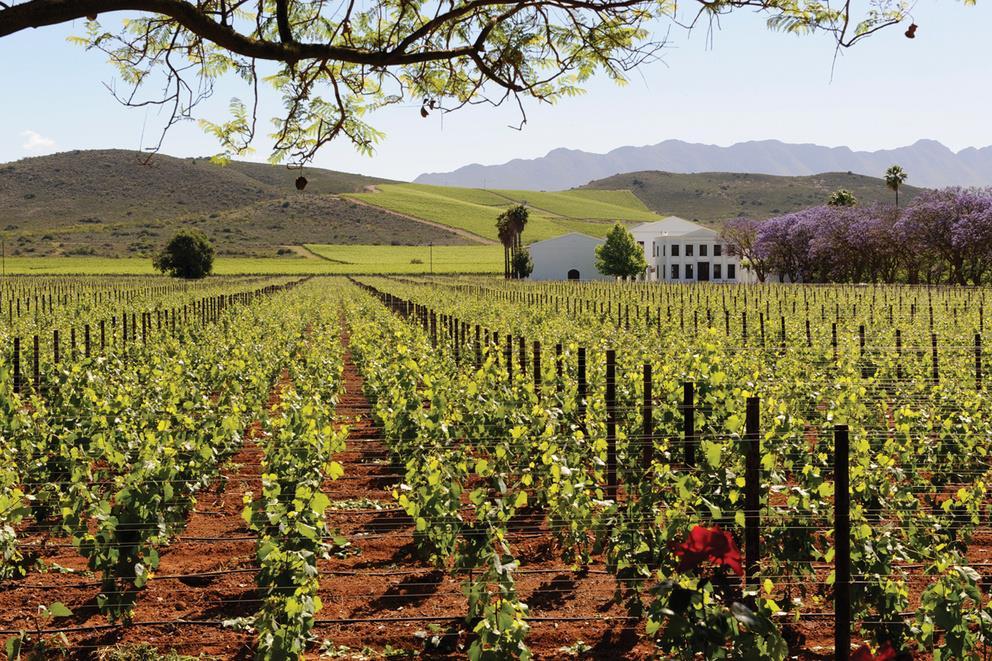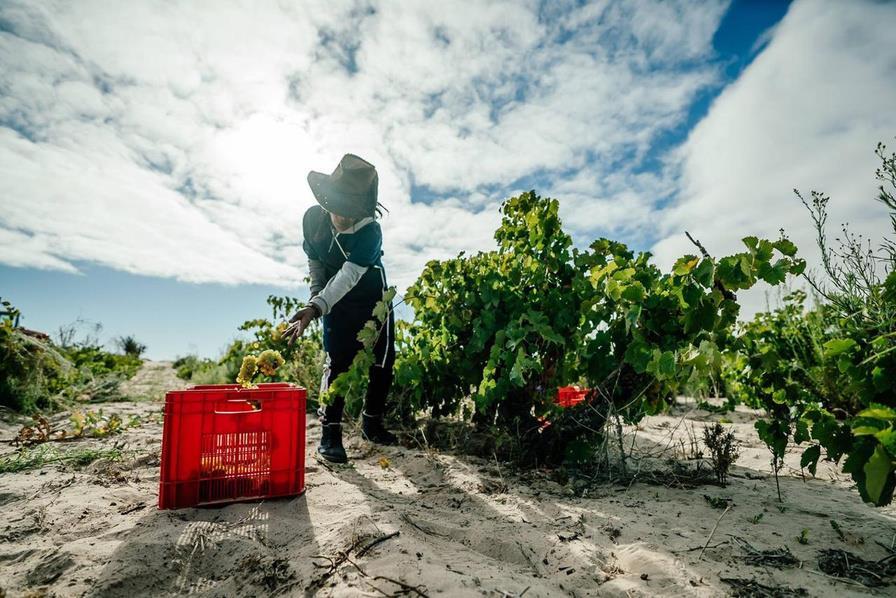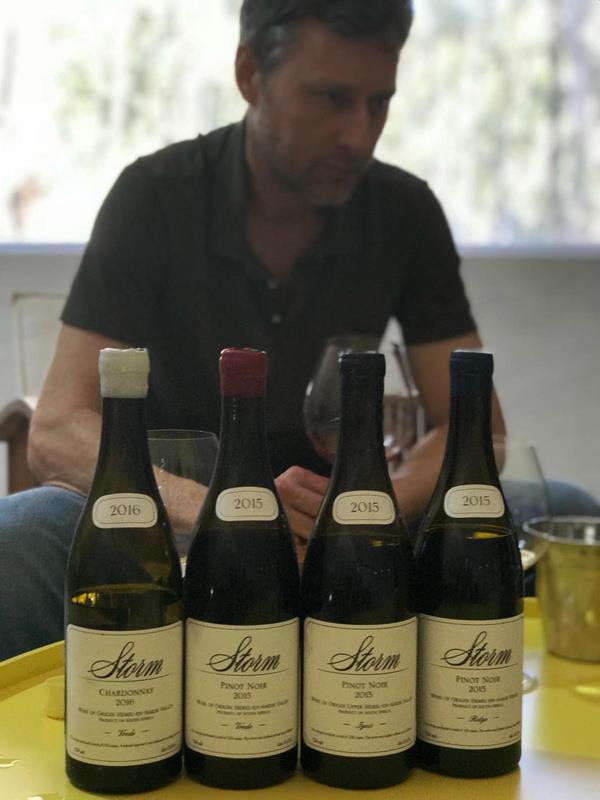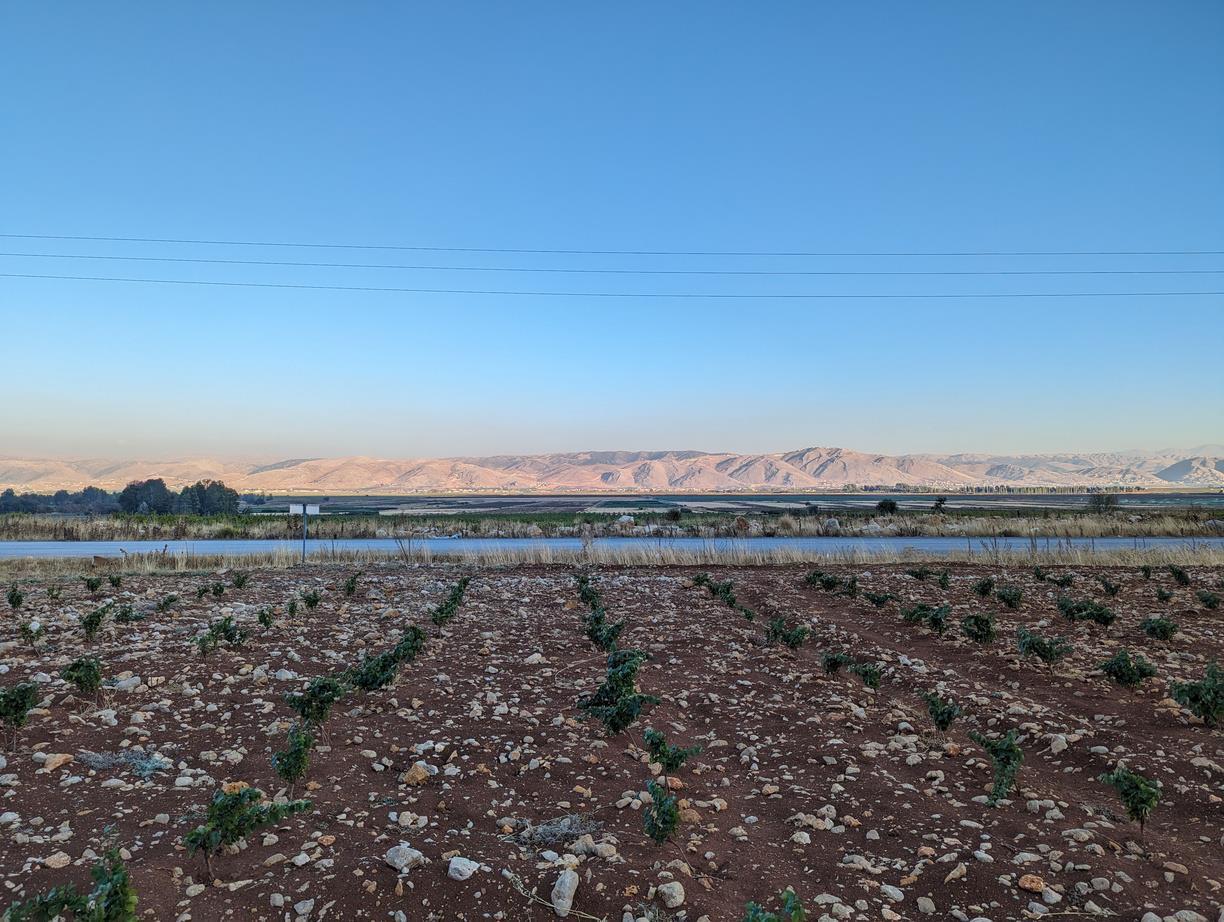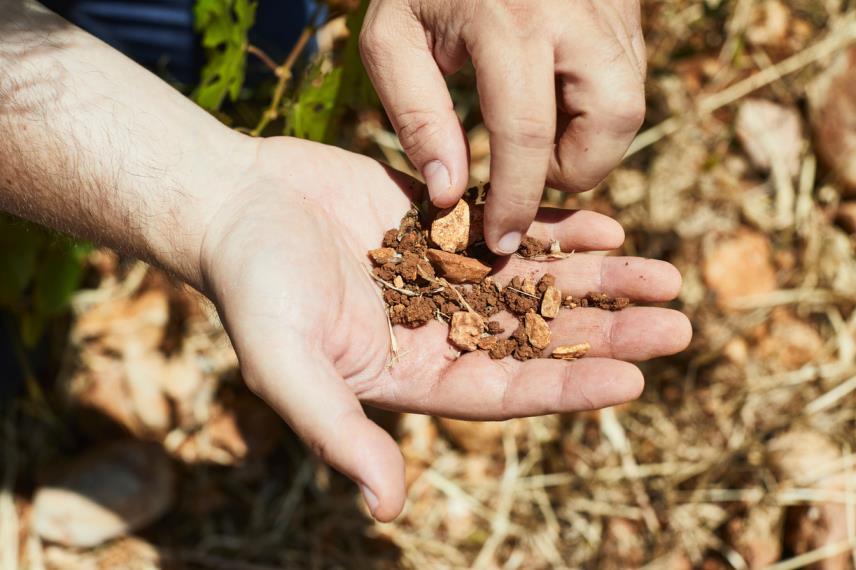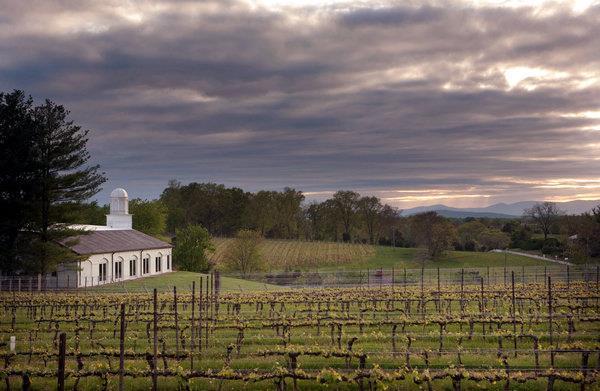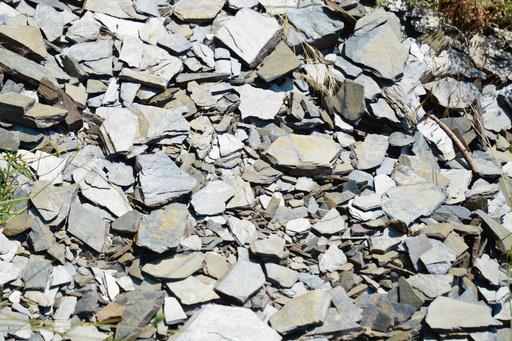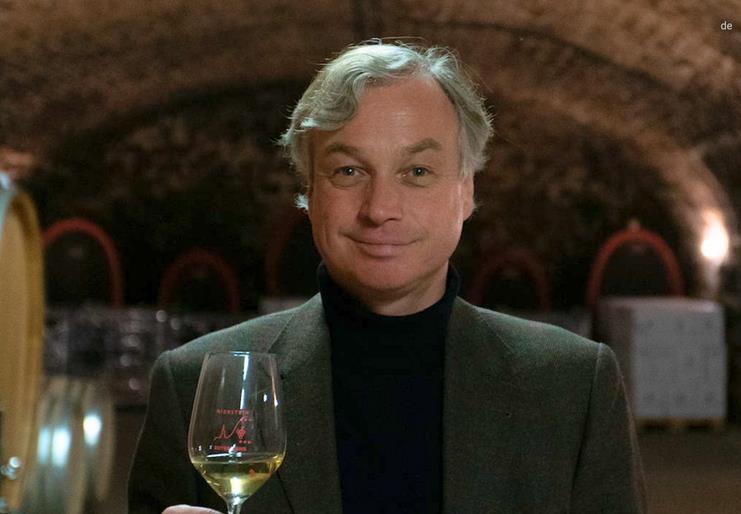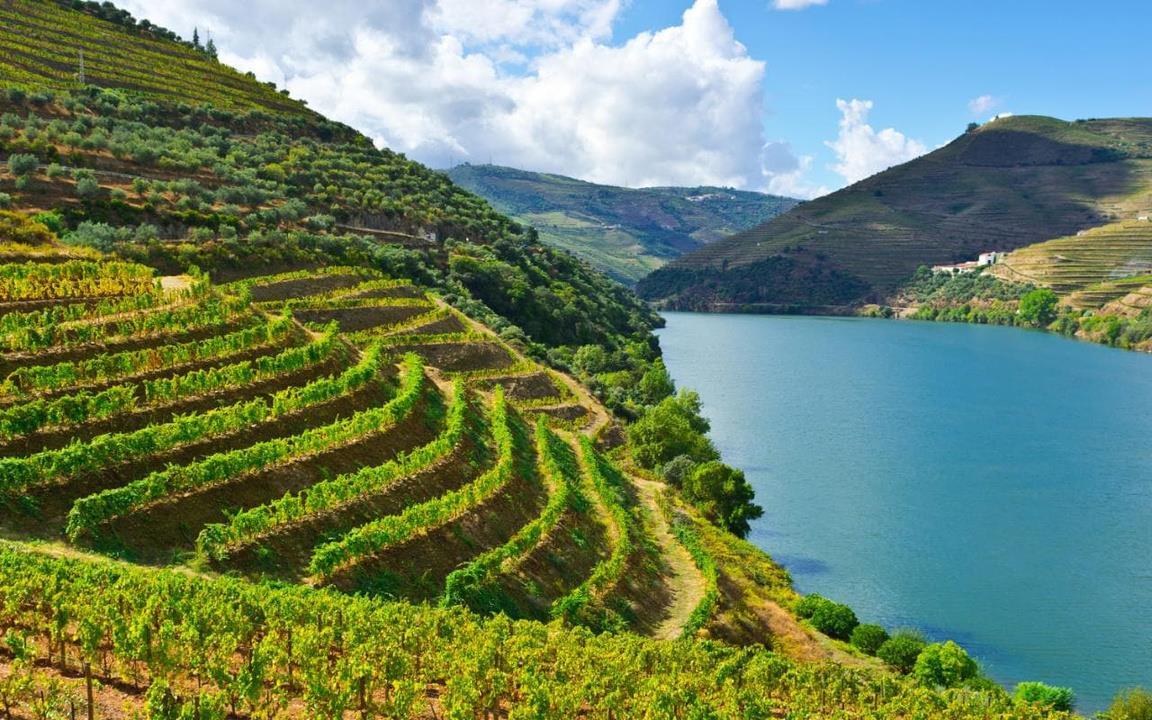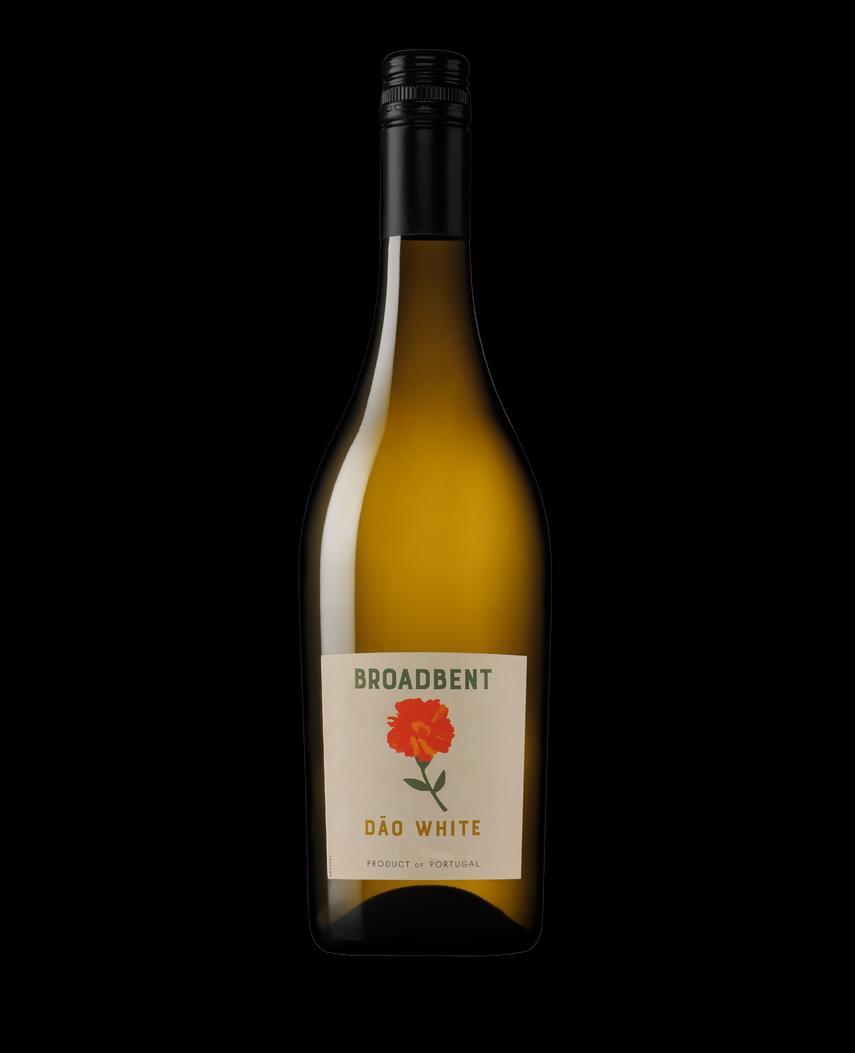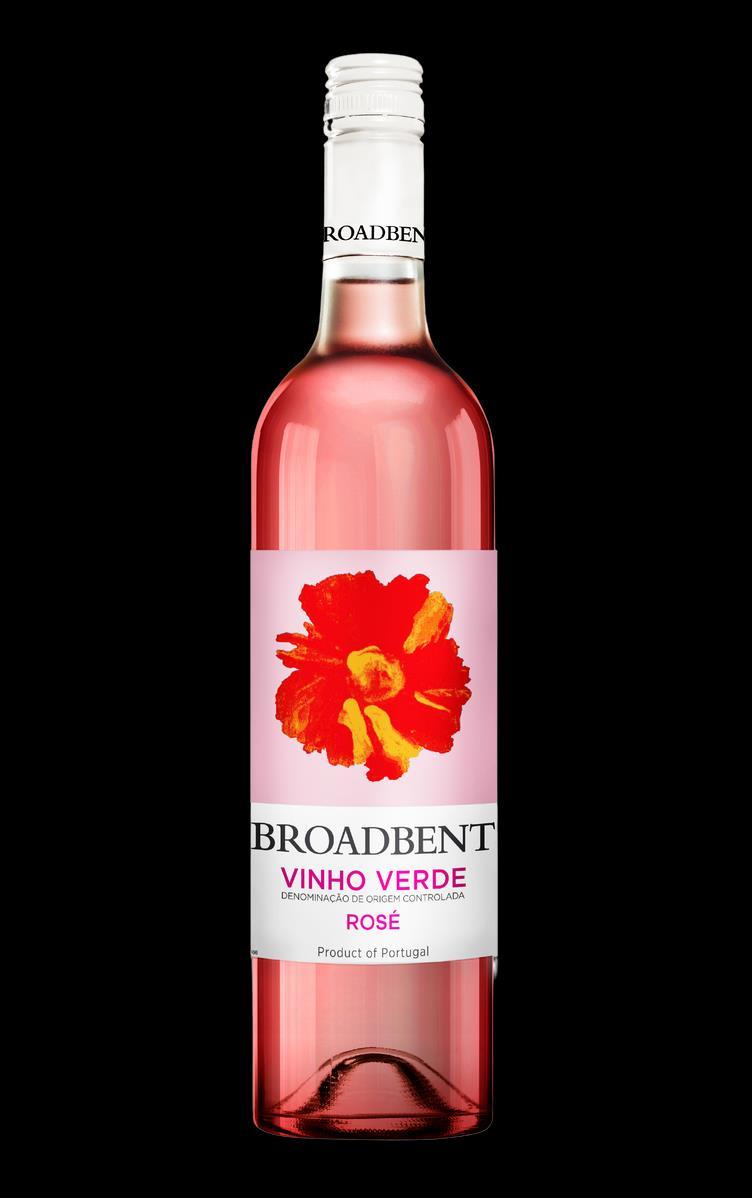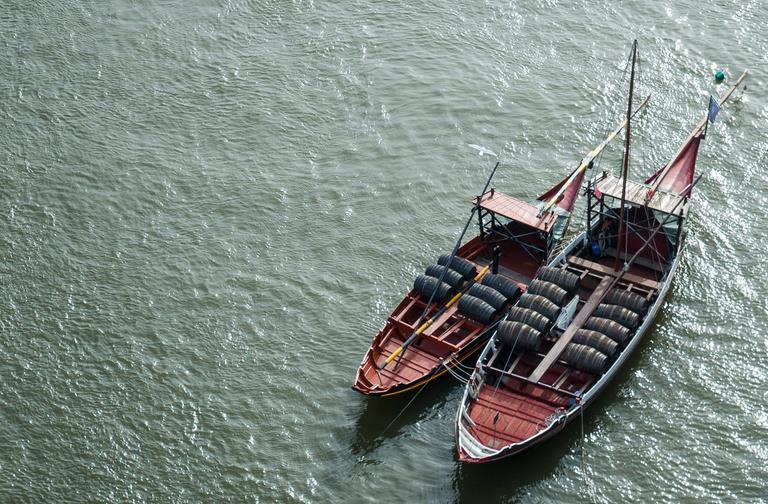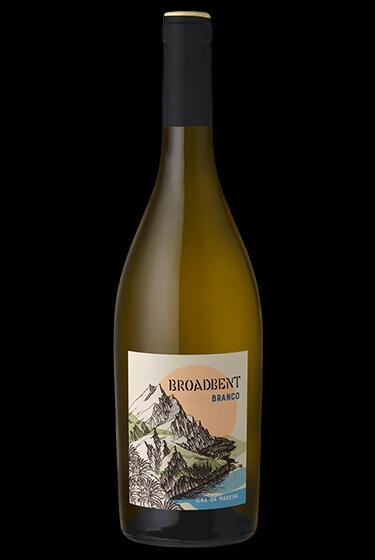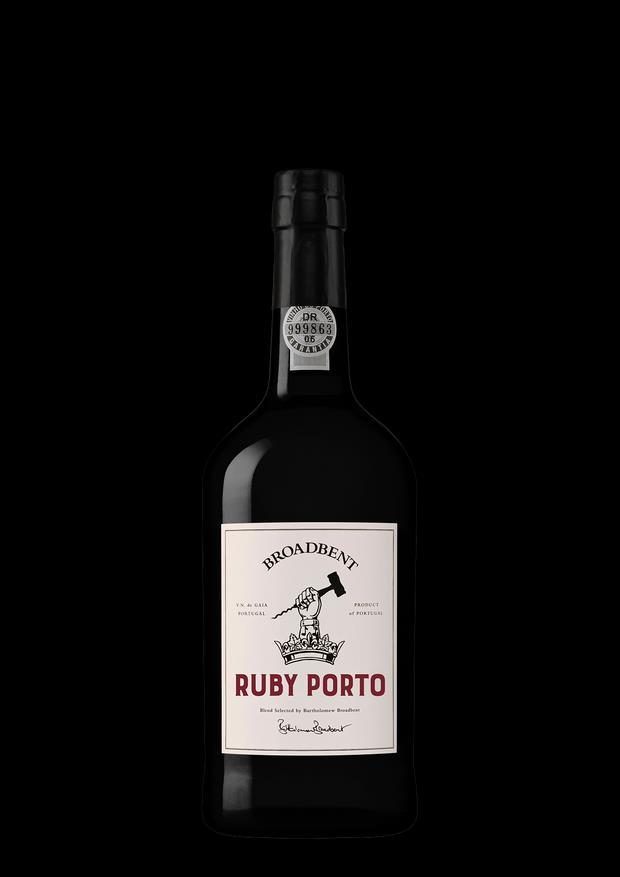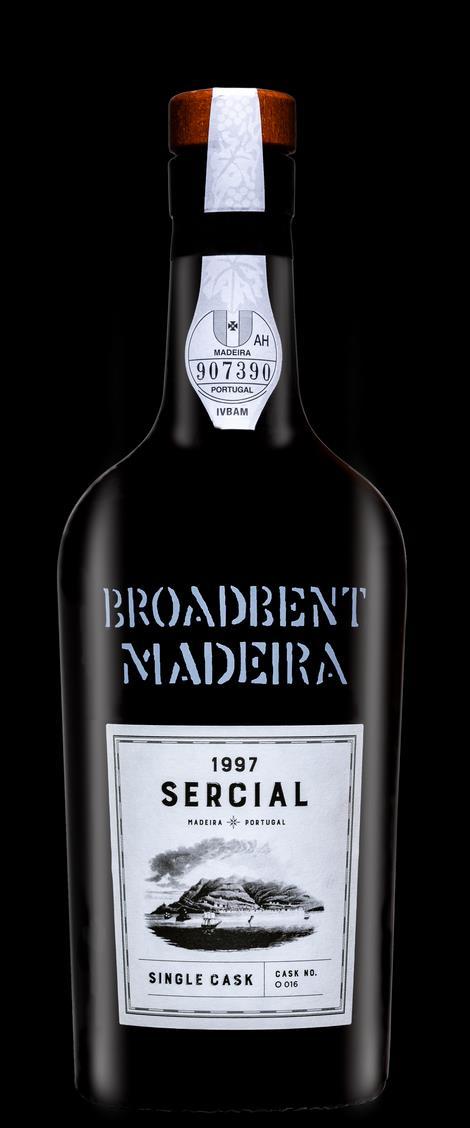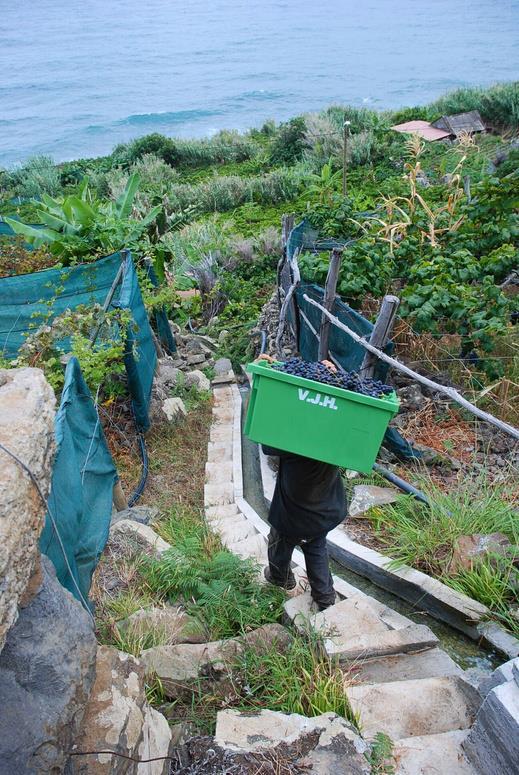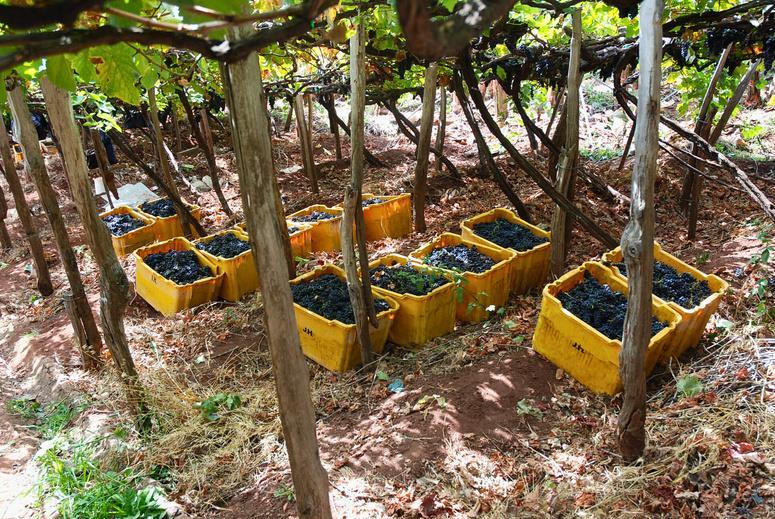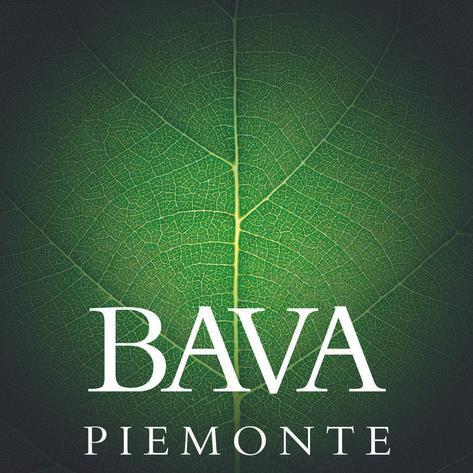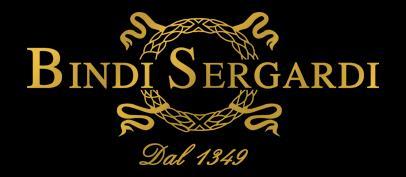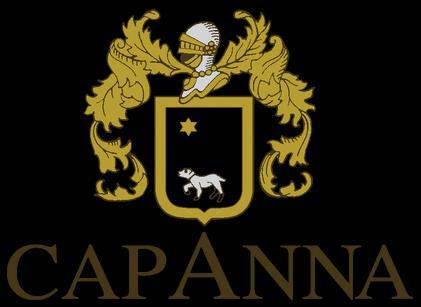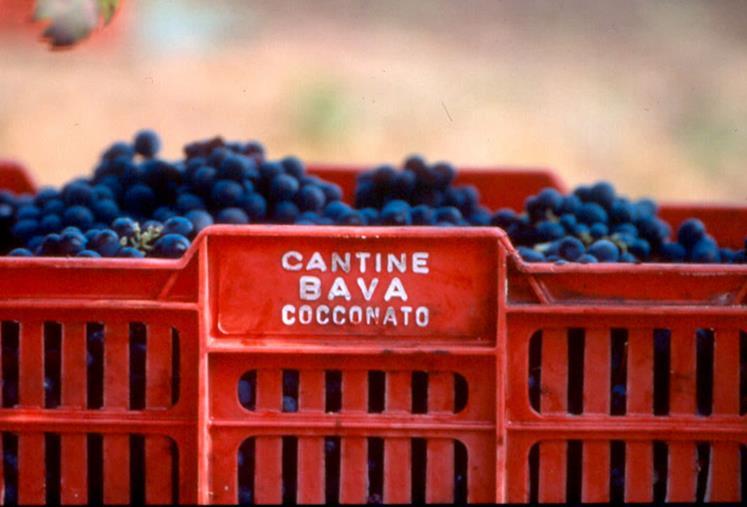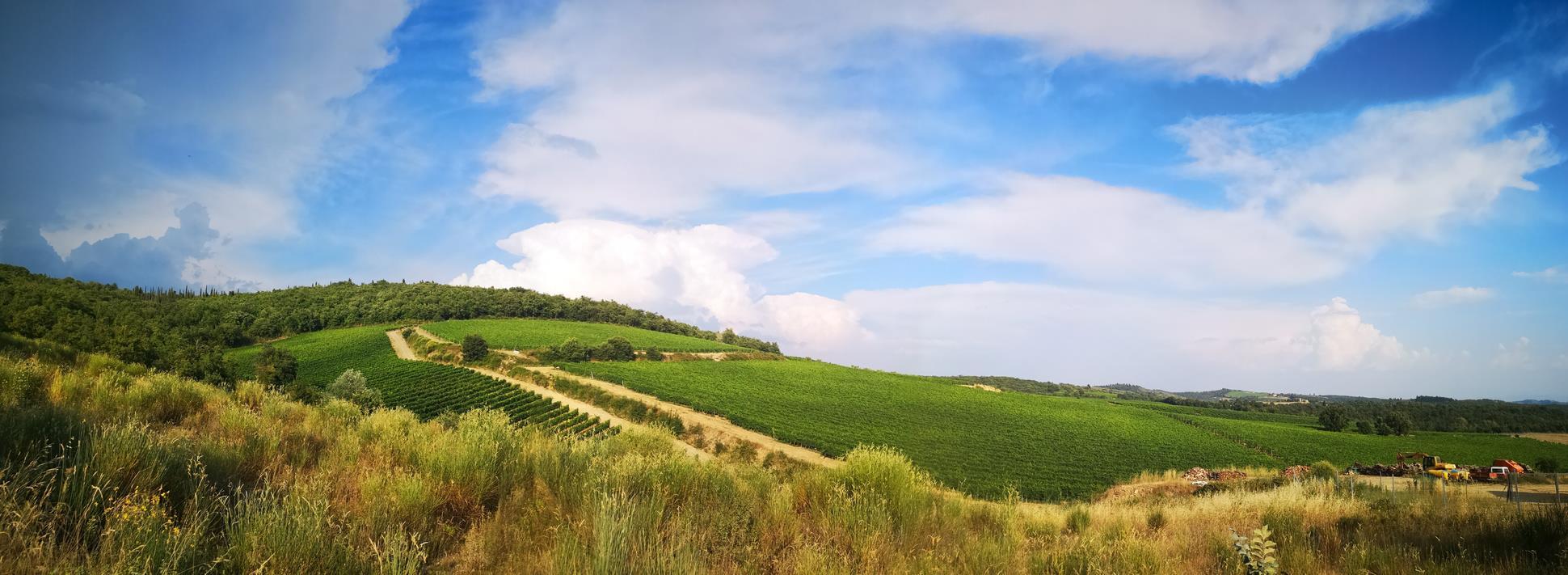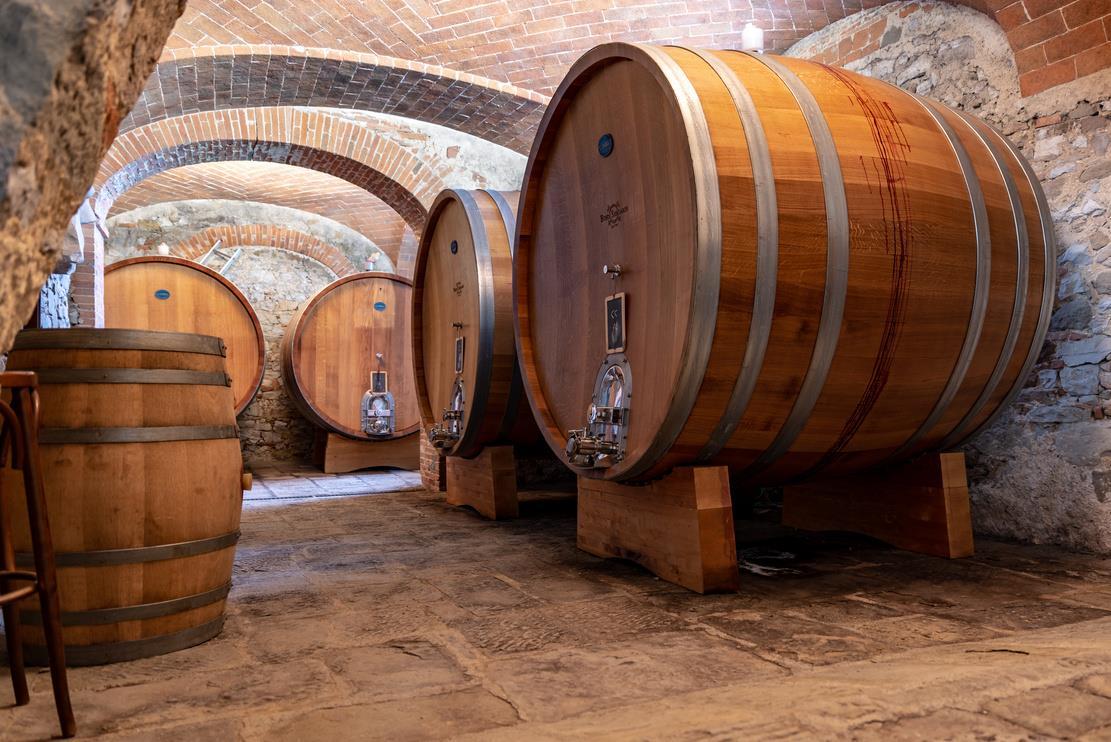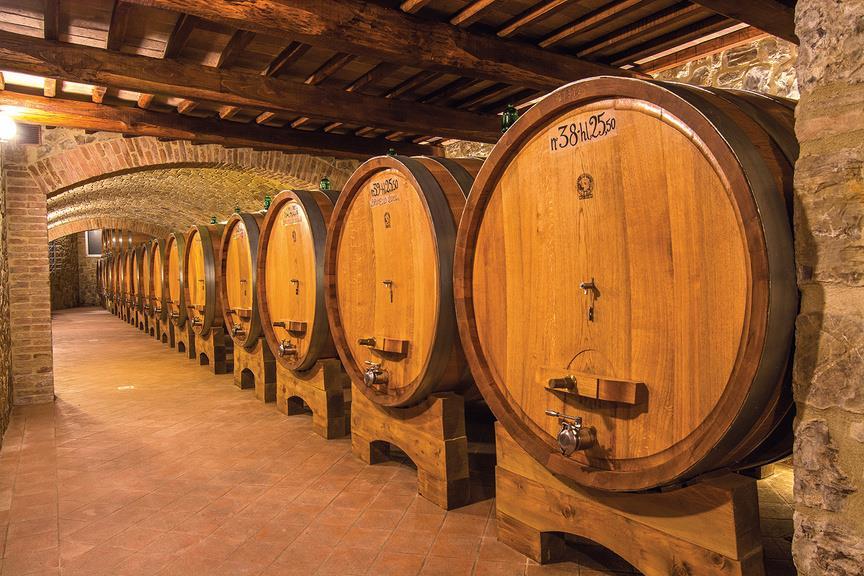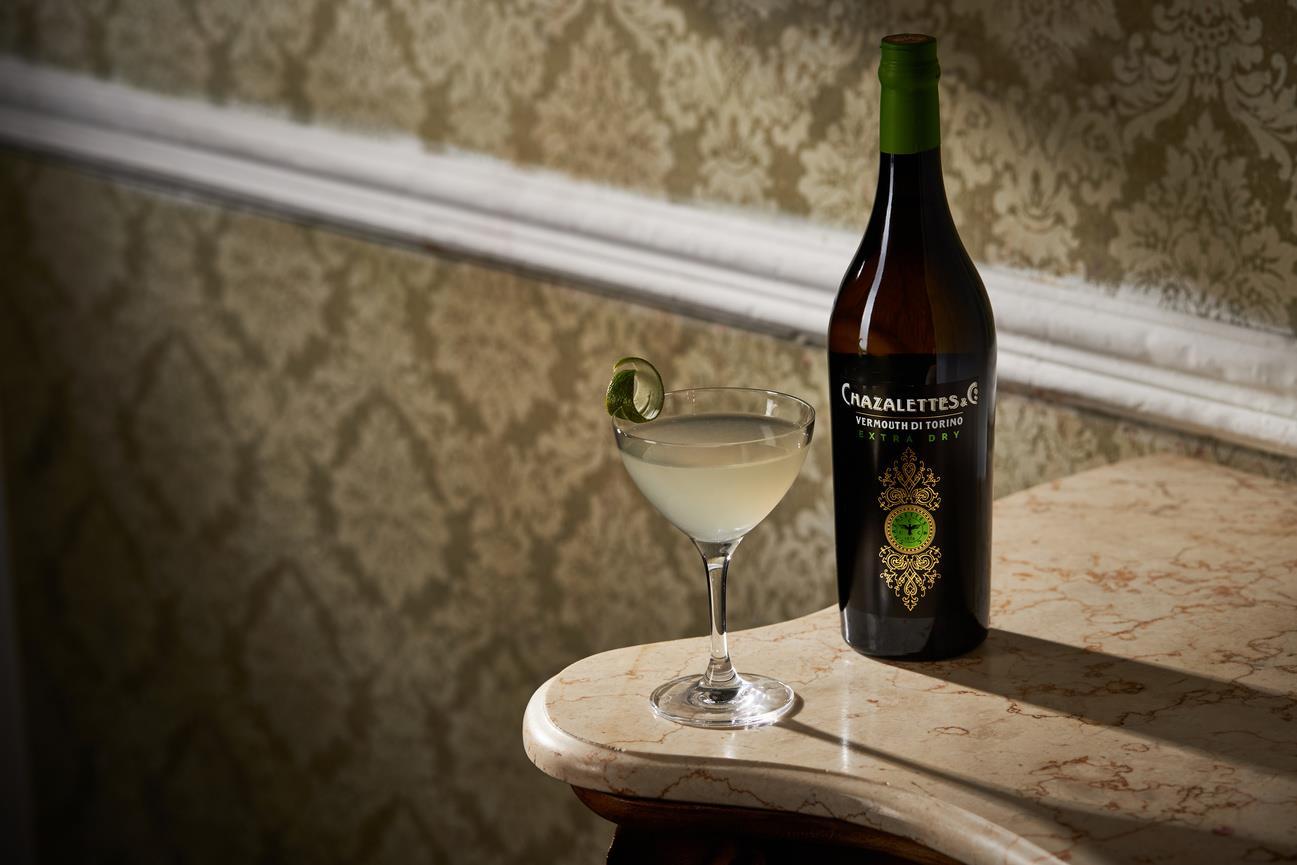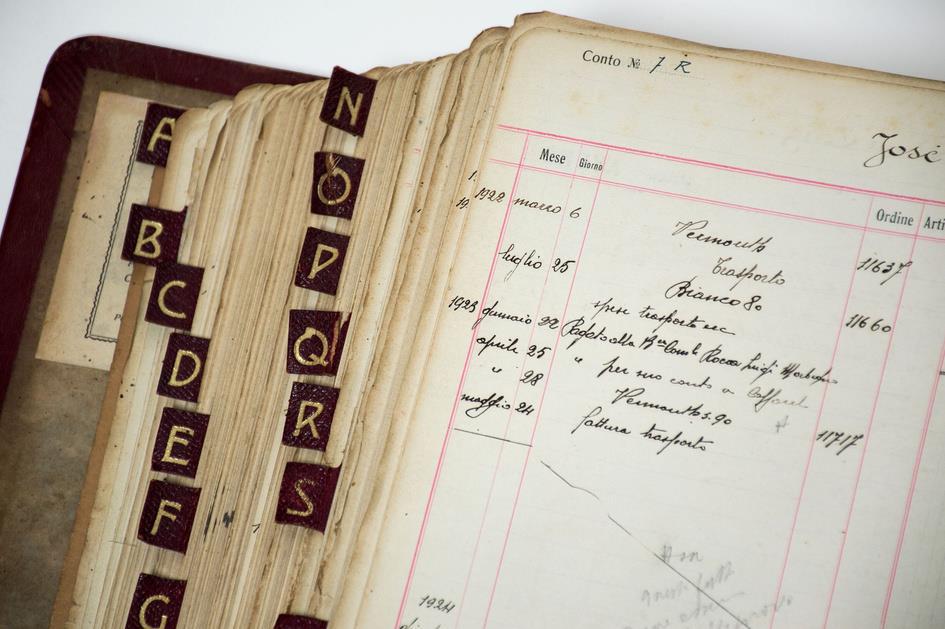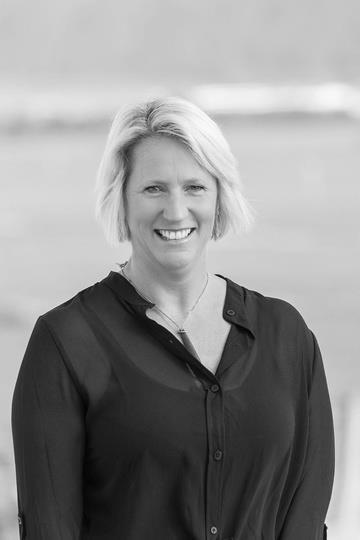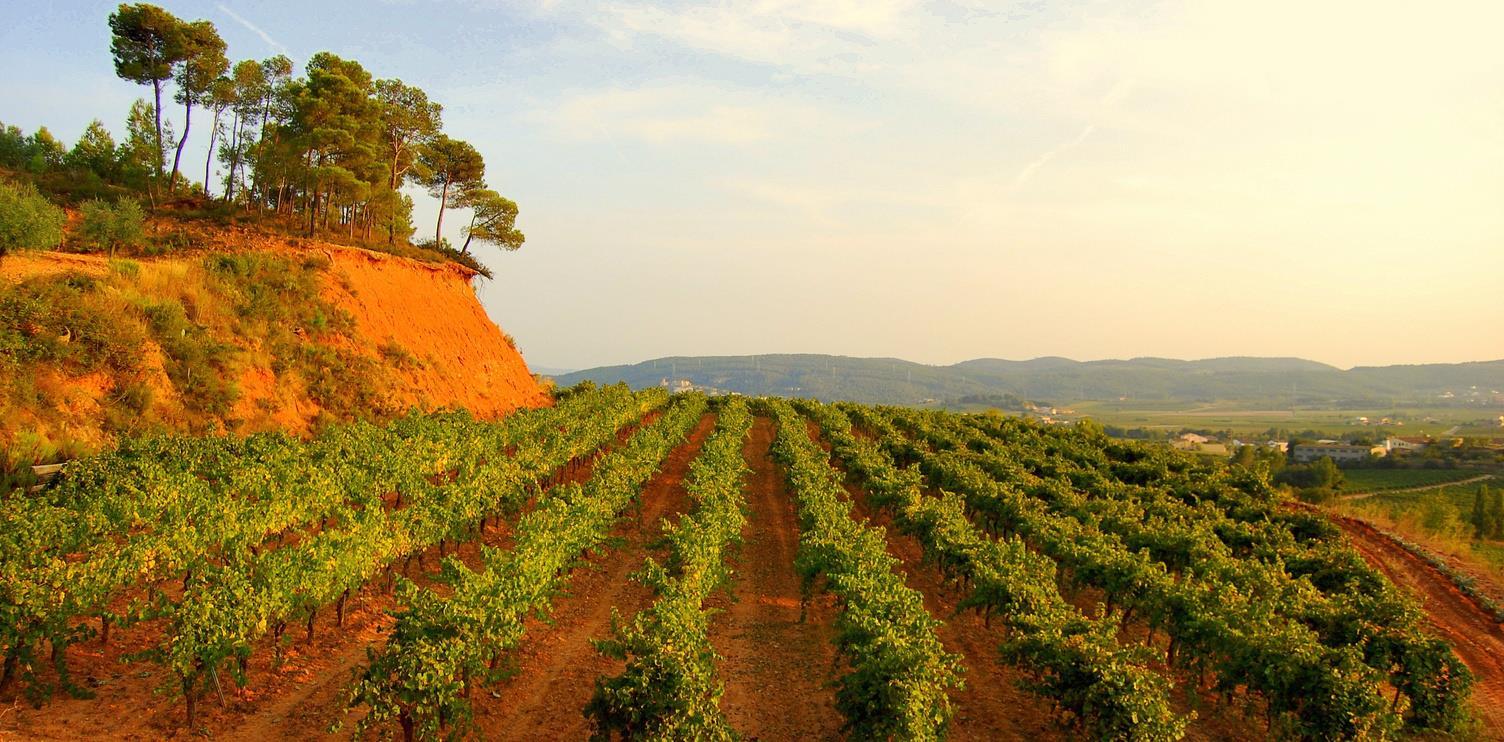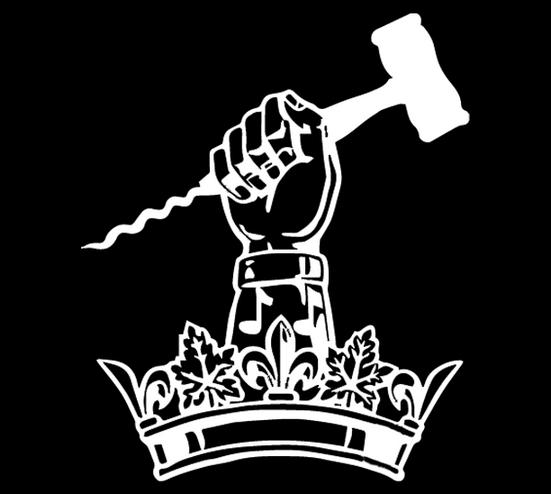OUR PRODUCERS
GEORGES VERNAY
Northern Rhône
LA FERME DU MONT
Southern Rhône
A.A. BADENHORST
Swartland
ALHEIT VINEYARDS
Western Cape
BEAUMONT
Bot River
BEESLAAR
Stellenbosch
England
UNITED STATES
ARCHITECT
GUSBOURNE
Alexander Valley
AUCTIONEER
Napa
BROADBENT CABERNET
North Coast
BARBOURSVILLE
Virginia
Barossa & Eden Valley, Nuriootpa
Hunter Valley Margaret River
Heathcote
Elderton Wines is a small, family-owned winery, situated in the heart of Australia’s Barossa Valley. The Elderton vineyards were first planted in 1894 by early German settlers and in 1979 the Ashmead family purchased the property and has since worked tirelessly to salvage and restore their treasured vineyards. Elderton shot to world acclaim after producing some of Australia’s most highly regarded Shiraz and Cabernet Sauvignon wines. Today, the vision of the founders shines through, and Elderton is celebrated as a major reason for the rejuvenation of the Barossa. The winery is currently helmed by the second generation of the Elderton family, brothers Cameron and Allister, with Cameron’s wife Jules Ashmead heading the winemaking team.
YEAR FOUNDED: Vineyard 1894, Winery 1982
PROPRIETORS: The Ashmead Family
HEAD OF PRODUCTION: Julie Ashmead
VARIETIES CULTIVATED: Shiraz, Cabernet, Merlot, Grenache, Mourvèdre, Carignan, Chardonnay, Semillon, Mataro
ORGANIC/SUSTAINABLE CERTIFICATIONS:
First winery in South Australia to offset company emissions by planting trees.
• A solar panel grid has reduced the winery’s carbon dioxide emissions by at least 55 tons annually.
• By harvesting rainwater, Elderton is water self-sufficient 11 months our of the year.
• In addition, the winery recycles close to 100% of the winery water to a quality level that can be used on the vineyard.
Established in 1858 by English immigrant Edward Tyrrell, Tyrrell’s Wines is one of Australia’s pre-eminent family-owned wine companies with vineyards extending from their historic home in the Hunter Valley to the Limestone Coast and Heathcote. Headed up by fourth generation family member Bruce Tyrrell, Tyrrell’s is home to some of Australia’s most awarded wines, including the iconic Vat 1 Semillon.
YEAR FOUNDED: 1858
PROPRIETORS: Chris, Pauline, John, Bruce and Jane Tyrrell
WINEMAKERS: Andrew Spinaze, Mark Richardson and Chris Tyrrell
SIZE OF PROPERTY: 900-acre properties throughout Hunter Valley, Heathcote, and Limestone Coast/Penloa.
VARIETIES CULTIVATED: Hunter Valley: Shiraz, Chardonnay, Semillon, Pinot
Noir, trebbiano; Central Victoria: Shiraz and Malbec; Limestone Coast: Cabernet
Sauvignon, Shiraz, Merlot, Pinot Noir
ORGANIC/SUSTAINABLE CERTIFICATIONS:
• Their Hunter Valley Winery and Vineyards are officially certified members of the national Sustainable Winegrowing Australia program.
The Cirillo family have been the custodians of one of the oldest Grenache vineyards left in the world for the past 41 years. The gnarly basket pruned bush vines were planted in 1850. The first Cirillo 1850 Grenache was produced in 2003. The soil is deep silt sand over limestone and clay and as you stroll through the vineyard, the beach-like sand gives way under foot. Marco Cirillo trains/prunes and nurtures each vine thru its fragile life. The result is fruit with incredible intensity and the old vine richness not often seen in Grenache wines.
Region: Barossa Valley, Australia
Year founded: Planted in 1848 for the 1850 Ancestor Vine Grenache and 1932 for The Vincent Grenache. The first vintage (2003) was released in 2006
Proprietors: Marco Cirillo
Winemaker: Marco Cirillo
Size of property: 20 acres
Terroir: Sand over limestone and clay
Varieties cultivated: Grenache, Mataro, Shiraz, and Semillon
Organize/sustainable certifications: Organic principals
Traisental
Niederösterreich
Broadbent Selections and Bartholomew Broadbent has partnered with familyowned wineries around the globe to produce wines rich with the essence of place and tradition. Broadbent wines represent authentic character and infinite pleasure. Our Grüner Veltliner is elegant and delicious. Produced and bottled in Niederosterreich, Austria.
Made for us by Markus Huber (the very same of Weingut Markus Huber wines), this liter bottle of Gruner Veltliner is one of the best values in our portfolio. A blend of vineyards from mostly limestone soils and made exclusively in stainless steel. Green apple, lime, peaches.
The family-owned winery in Reichersdorf is currently run by the 10th generation winemaker, Markus Huber. The Huber family have roots that date back more than 220 years; in 2000, Markus took over four hectares from his father which, up until that point, only produced wines that were served in his family restaurant. Winner of the prestigious Falstaff award for “Best Winery/Winemaker in Austria,” Markus has successfully established his Huber as a showcase for precision, minerality and elegance. Huber has also since been noted for ‘putting Traisental on the map, both, internationally and in Austria,’ by Austrian Wine.
Region: Traisental, Austria
Year Founded: 1648, Ten generations of family winemaking Winemaker: Markus Huber & Michael Huber
Terroir: The limestone mix soil found in the Traisental area produces outstanding Grüner Veltliner and Rieslings with unmistakable character and distinction. The clarity and minerality of the wines are an expression of the climate and the vineyards from which they originated. Climatically, the region is very similar to that of the Burgund – Reichersdorf and lies along the same latitude as Beaune. The oldest vines from the estate are 80-years-old. The area sees cool nights and warm days.
Varieties Cultivated: Grüner Veltliner, Riesling, Sauvignon Blanc, Zweigelt, Gelber Muskateller
Organic/Sustainable/Other Certifications:
• Sustainably Certified, one-third of the vineyards farmed organically
Isla de Maipo, Santiago
Founded in 1934, the De Martino family has specialized, for four generations, in creating wines that are a faithful reflection of their origin, coming from selected parcels throughout Chile. Proud to have been the first winery in Chile to put “Carmenere” on the label of a wine back in 1996, De Martino also pioneered working in century-old vineyards in the Itata Valley, incorporating traditional winemaking techniques that set a precedent in the industry. The fourth generation headed by Marco Antonio and Sebastián De Martino, along with their team, continue the search for exciting terroirs same as polishing their house style.
Year founded: 1934
Location: Isla de Maipo, Chile
Proprietors: De Martino Family
Winemaker: Nicolas Perez
Varieties Cultivated: Carmenere, Cabernet Sauvignon, Malbec, Carignan, Cinsault, Syrah and Pinot Noir. Chardonnay, Semillón, Sauvignon Blanc, Muscat and Corinto.
Appledore, Kent, England
Machynlleth, Wales
At Gusbourne, the goal is simple: to create the finest wines in the world. A deep respect for nature, an uncompromising quest for quality, and a fastidious approach to detail is at the heart of everything at Gusbourne. The vineyards, planted in 2004, are predominantly Burgundian clones. All grapes are sourced from estate vineyards. Combining age-old traditions with modern technology & cutting-edge equipment allows Gusbourne to sit between old and new world winemaking. Debut vintages of Brut 2006 & Blanc de Blanc 2006 were released in 2010 to critical acclaim.
YEAR FOUNDED: The original Gusbourne Estate dates back to 1410. The Estate as we know it today was purchased in 2004 with vines planted the same year.
PROPRIETORS: Andrew Weeber
WINEMAKERS: Mary Bridges
SIZE OF PROPERTY: 61 ha (152 acres) at Gusbourne Estate in Kent, 32 ha (80 acres) in West Sussex
TERROIR: The Gusbourne Estate in Kent is a low lying Coastal escarpment with vines planted from 5m above sea level up to 35m. The prevailing soil type is a clay loam over clay and sandstone. The West Sussex vineyard sites, also on low, coastal escarpements (one third of production) are planted on Chalk and Flint soils.
VARIETIES CULTIVATED: Chardonnay, Pinot Noir and Pinot Meunier
Pete Cameron is a hill farmer, forager, and beekeeper. He has lived and worked in the Dyfi area for over 30 years. Danny Cameron is a highly experienced wine & spirits professional, and a regular judge at the prestigious Decanter World Wine Awards.
Pete & Danny hand-forage for botanicals 10 ½ months out of the year. These botanicals showcase the brightness of wildflower meadows, the freshness of the estuary and the richness of Dyfi Forest. They cryo-vac what is needed for planned production. A 1,500x6pk case container takes them an average of 22 days to hand distill.
Dyfi Gin is unlike any gin on the market. It is precision-distilled with more than 25 botanicals, using the London Dry method. The seasons in the Dyfi biosphere play a huge role in the creation of Dyfi Gin with Danny’s wine expertise and vintner-like ability to capture the essence of the unique landscape. The results are stunning!
Burgundy:
• Mercurey
• Pommard
• Côte Chalonnaise Mâconnais
• Côte de Nuits
• Côte de Beaune
With its array of celebrated sun-soaked vineyards and captivating sights, the village of Pommard is surrounded by ageless, timeless beauty. At it’s heart, is Château de Pommard, a historic estate established in the early 18th century. The estate’s walled Clos Marey-Monge is Burgundy’s largest private clos monopole and a UNESCO heritage protected Burgundy climat, cultivating century-old vines. The Clos is divided into seven terroirs. The winery maintains an organic, hands-off approach and allows nature to remain in control, entrusting each vintage to express itself.
REGION: Pommard, Burgundy, France
YEAR FOUNDED: 1726
PROPRIETORS: Michael Baum
WINEMAKERS: Paul Negrerie
PROPERTY: 20 ha (49+ acres) of vineyard; 200,000 vines
TERROIR: The 7 terroirs have different composition of limestone, ironrich clay, alluvium and other minerals
VARIETIES CULTIVATED: Pinot Noir
Organic/Sustainable/Other Certifications: Certified Organic; DEMETER
certified
Offering a unique offering from a single family in Bourgogne from Côte de Nuits to Mâconnais through Côte Chalonnaise. Château de Chamirey was built in the 18th century, and overlooks the whole area of Côte Chalonnaise. In 1934, Marquis de Jouennes,father-in-law of Bertrand Devillard, produced his first bottle of Château de Chamirey. Thiswas the start of a long and beautiful story. The Devillard’s have become a major actor in theBurgundy wine history. The members of the family have decided to work together to take careof their estates, insisting on perserving the individuality of each estate.
REGION: Mercurey, France
TERROIR: The estate consists of 37 hectares (15 of which are Premier Cru) reflecting the diverse soils and micro-climates found within the Mercurey appellation.
• 37 hectares of vines located exclusively in Mercurey Appellation : 70% pinot noir / 30% chardonnay
• 50% classified Premier Cru
⚬ 2 Premiers Crus Monopoles - La Mission and Clos des Ruelles
• 13.80 hectares planted in Chardonnay: unusual for the Appellation which is 85% red. Chamirey is the main owner of Chardonnay in Mercurey
VARIETIES CULTIVATED: Chardonnay and Pinot Noir
Managed by Bertrand & Christiane Devillard and their children Amaury & Aurore since 1996, Domaine des Perdrix, located in Côte de Nuits, spreads 37.5 acres (12.5 acres produce Premier Cru) in the best terroirs within the villages of Nuits-Saint-Georges, VosneRomanée and Gevrey-Chambertin. Nearly 5 hectares (12.5 acres) of the estate produce Nuits-SaintGeorges Premier Cru. The quality of the vineyards, their rigorous management and vinification have established the Domaine des Perdrix as a renowned Domaine, one of the best amongst the “Grands Vins de Bourgogne.”
REGION: Nuits-Saint-Georges, Côte de Nuits, Bourgogne
YEAR FOUNDED: Taken over in 1996 by Bertrand Devillard and his children
TERROIR: 18 different plots of vines for 9 Appellations
• Density of plantation: 13 000 vines / hectare
• Oldest vines planted in 1922 and located in the plots of Echezeaux Grand Cru and Nuits-SaintGeorges Premier Cru ‘Aux Perdrix’
Offering a unique offering from a single family in Bourgogne from Côte de Nuits to Mâconnais through Côte Chalonnaise. Domaine de la Ferte once belonged to the monks from Ferté’ Abbey, sister of Citeaux Abbey. The Devillard’s purchased the domaine and the vineyards in 2010, after 20 years of renting. The vineyards (5 hectares) excusively plant Pinot Noir, producing 3 wines. These wines have strong qualitative position among the best Domaines in Givry. All hand-harvested and following sustainable growing, the winery uses ‘guyot pruning system, and ages the wine in French oak barrels.
REGION: Givry, France
TERROIR:
• Givry: 1.70 hectares
• Givry ‘Clos de Mortières’: 2 hectares
• Givry Premier Cru ‘Servoisine’: 0.67 hectares
VARIETIES CULTIVATED: Exclusively Pinot Noir
Domaine de la Garenne & Le Renard — Offering a unique offerings from a single family in Bourgogne from Côte de Nuits to Mâconnais through Côte Chalonnaise. Situated in the heart of Mâconnais on a southeast exposed hillside, the Domaine de la Garenne overlooks the village of Azé and spreads over 8 hectares (20 acres), all Chardonnay planted. The Domaine was bought in 2008, and is currently supervised by Enrico Peyron, the technical advisor of Domaines Devillard. 100% of the vines are hand-harvested, following two sorting sessions before continuing with traditional fermentation for Chardonnay with natural yeasts.
REGION
: Bourgogne, France
TERROIR:
3 appellations produced from south and center Mâconnais region:
⚬ Pouilly-Fuissé : 0,61 hectare in Pouilly
⚬ Mâcon-Azé : 4,5 hectares
⚬ Mâcon-Bussières : 0,40 hectare
• Density of plantation : 8 500 vines / hectare
VARIETIES CULTIVATED: Exclusively Chardonnay
Pierre Mayeul is an artful association of three wine experts who are collectively passionate about Burgundy and have extensive experience with the wines of Burgundy. The partners include Ludivine Griveau, winemaker of the legendary Hospices de Beaune, who is also the Hospice’s first female winemaker in the 160 year history of the Hospice making wine. Matthieu Bouchard of the Bouchard Pere et Fils family and Frederique Hirault. Pierre Mayeul produces wines from their own vineyards as well as vineyards that they supervise.
Southern Rhône
Condrieu
La Ferme du Mont is a mosaic collection of vineyards, now owned and vinified by Stéphane Vedeau. Formerly a professional soccer player in Paris, Stéphane shifted to winemaking in 1989 and spent 15 years making awardwinning wines. Stéphane created La Ferme du Mont to produce wines with freshness and soul using native yeasts and biodynamic methods. From the first vintages, Robert Parker noted, “Stéphane Vedeau one of the young, energetic Turks of Chateâuneuf-du-Pape, has emerged from the woodwork to produce stunning wines... This is a seriously talented winemaker who is quickly emerging as a star of the southern Rhône.”
Terroir: The vineyards used for the grapes placed into the wines since 2011 are being farmed using 100% Biodynamic farming techniques Prior to that, they were farmed using self sustaining farming practices, with the use of any pesticides or chemicals. In 2014, they earned the certification of Agriculture Biologique.
Varieties Cultivated: Grenache, Syrah, Mourvèdre, Roussanne, Marsanne, Viognier, Clairette, Bourboulenc
Founded by Francis Vernay in 1937, and located in the heart of Condrieu. The efforts of Francis Vernay were instrumental in the creation of the official Condrieu appellation in 1940. Francis was succeeded by his son Georges, who played a key role in restricting the geographical boundaries of Condrieu.
In 1996, Christine Vernay, Georges’s daughter, took over as winemaker and General Manager of the Estate. Recognized as one of the great winemakers in France, several of her wines have recently been awarded the coveted 100/100 in top wine publications.
Malmesbury & Paardeberg
Paarl
Stellenbosch & Cape Town
Bot River & Hemel-en-Aarde Valley
Hermanus
Robertson Valley
Year Founded: 2008
Proprietors: The handsome cousins, Hein and Adi Badenhorst
Winemaker: Adi Badenhorst
Size of property: 60 ha (148.5 acres) total, 25 ha (62 acres) planted
Terroir: The winery is located on a mountain range which is a granite outcrop. Three distinctive types of granitic soil are found on this property—Paardeberg, Lammershoek and Lemoenfontein granites. The soils are extremely old and considered by many to be “low potential” as vine growth is not as luxuriant as in other areas. Yields are generally quite low, averaging 3–4 tons/ha for Chenin Blanc. No irrigation is used as the soils have the potential to store a good amount of water and slowly release during the growing season.
Rainfall is around 480mm a year, falling mainly in the winter months of May–August/September. Winters tend to be cold and wet, and leaf fall is quite sudden with the onset of Winter. Otherwise, the weather is pretty much Mediterranean.
Annual Production: 10,000 cases
Varieties Cultivated:
White: Roussane, Grenache Blanc, Viognier, Chenin Blanc & Sauvignon Banc
Red: Shiraz, Mourvedre and Cinsault
Year Founded: 2011
Proprietors: Chris & Suzaan Alheit
Size of property: 21 ha of dry land bush vines; Amount of property planted:
Skurfberg (5.5 ha), Perdeberg (3.5 ha), Bottelary Hills (4ha), False Bay (1 ha), Botrivier (1ha), Franchhoek (2ha), Hemelrand Farm (4ha)
Terroir: A mountainous place on the West Coast, officially called Citrusdal Mountain.
Perdeberg: A granitic mountain in the Swartland, where the soil is a very poor granitic sand with a clay subsoil. This soil is outstanding for dryland Chenin, yielding very bright wines with remarkable concentration.
Bottelary Hills, Stellenbosch: Radio Lazarus vineyard is at 400m above sea level on mostly shale soils with some granite intrusions. It is the second highest vineyard in the Bottelary Hills.
False Bay: This vineyard is Bushvine Chenin planted in 1978 on decomposted granite directly overlooking False bay. You can see the waves breaking from this vineyard. Botrivier: planted in 1982 on heavy sedimentary soil. The wine has a noticeable dark, almost meaty character.
Franchhoek: The La Colline vineyard (Alheit’s only Semillon Vineyard) was planted in the 1936, 320 meters above sea level on a gentle southern slope. Soils are decomposed granite, sandstone and quartz. Around 10% of these old bushvines are the local mutation knows as Semillon Gris.
Hemelrand Farm: This is where Alheit is based. The farm is very cool and windy. Drawing inspiration from the great white wines of Languedoc and Rousillon, the vineyard is planted to 40% Chardonnay, 30% Rousanne, 13% Verdelho, 12% Chenin blanc, 3% Viognier, 2% Muscat. Soils are very light, sandstone and gravel over clay.
Year Founded: In 1974 the Beaumont family purchased the wine farm, in 1994 Jayne Beaumont produced the first wine under the Beaumont label.
Proprietors: Beaumont Family
Size of property: 490 ha with 30 ha vines, 6 ha pears, 3 ha almonds, and a few olive trees and a whole lot of “Beaumont” mountain side with protected natural vegetation.
Terroir: Situated on the western side of the Bot River Valley, 8 km from the ocean and with the property surrounding the town of Bot River. The vineyards are planted on ancient shale soils.
Beautiful gravely top soils have a heavy clay base for moisture storage. These low-vigor soils have been producing wines for 80–100 years. The property dates back to the 1750’s when it was an outpost farm for travelers to rest and replenish stocks. At the turn of the previous century the first wines were made in what is now a historical winery, using modern wine making techniques, to produce elegant, complex wines that capture the essence of the property and region.
Annual Production: 20,000 cases x 6/750ml
Varieties Cultivated: Chenin Blanc, Pinotage, Mourvedre, Shiraz; with smaller amounts of Chardonnay, Semillon, Sauvignon Blanc, Cabernet Sauvignon, Cabernet Franc, Merlot, Tinta Barocca, Petit Verdot and Malbec.
“Abrie Beeslaar shows all his understanding of this tricky grape.” —Tim Atkin, M.W.
Year Founded: 2011
Proprietors: Abrie & Jeanne Beeslaar
Size of property: 2.5ha of bushvine Pinotage
Terroir: At this stage one site has been identified on a slight South Easterly slope at 200m above sea level. The soils are shale that are well drained. The area gets around 650mm of rain a year mainly through the winter. One of the key quality factors is the South Easterly wind that blow through most of the summer, that does not only cool down the vineyards, but also limits the growth of the bushvine plants.
Annual Production: 750 cases
Varieties Cultivated: Pinotage
The Curator tells the story of a region through its bottlings. These wines are hand-crafted by cellar-master and chief vineyard wizard Adi Badenhorst who over the years, has discovered, nurtured and acquired a collection of old unique parcels throughout the wild west coast of Southern Africa.
Delaire Graff Estate, in Stellenbosch, South Africa, has a rich history dating to 1679. Renamed by John Platter in 1982, it was transformed into a top wine destination by Laurence Graff in 2003. Their reds are structured and elegant, whites fresh and vibrant. With a stateof-the-art cellar, they're among South Africa's top producers.
Year Founded: Purchased by Lawrence Graff in 2003
Proprietors: Lawrence Graff
Winemaker: Morné Vrey
Size of property: 60 ha (148.5 acres) total, 25 ha (62 acres) planted
Terroir: Delaire Graff Estate’s unique terroir on the crest of the panoramic Helshoogte Mountain Pass is noted for its high-altitude vineyards, excellent soils and cooling sea breezes
Varieties Cultivated: Cabernet Sauvignon, Pinotage, Cabernet
Franc, Shiraz, Merlot, Sauvignon Blanc, Chardonnay, Chenin Blanc, Semillion
The De Wet family’s winemaking heritage can be traced back to 1694 when the first De Wets arrived at the Cape. De Wetshof was the first registered wine estate in the Robertson Valley and today is one of the few third generation wine estates in South Africa.
Year Founded: 1949
Proprietors: Danie De Wet together with sons Johann & Peter
Winemakers: Danie & Peter de Wet
Property: 640 ha
Terroir: Winter rainfall is approximately 300mm per year. A cool breeze from the Agulhas Coast makes for pleasant summer afternoons. Nights are chilly with heavy fog often shrouding the vineyards until late morning during high summer. The vineyards are irrigated with a fully computerized irrigation system. The gravelly soils are extremely rich in lime with a very high pH–similar to soils of the leading wine growing regions in the world.
Annual Production: 15,000 750ml/cases
Varieties Cultivated: Chardonnay, Sauvignon Blanc, Riesling, Pinot Noir, Cabernet Sauvignon, Merlot, Cabernet Franc & Petit
Verdot
Accreditations: Certified Sustainable
Year Founded: Sadie was founded in 1999.
First wine was released in 2000.
Proprietors: Eben Sadie
Winemakers: Eben Sadie
Size of property: 24 ha (59 acres), 53 different parcels of vineAmount of property:An additional 12 ha will be planted with experimental plots of Xinomavro, Assyrtico, Negroamaro, Aglianico, Greco, Fiano, Massal Selections of Grenache Noir, Grenache Gris, Grenache Blanc, Pontac, Alicante Bouchet and more.
Terroir: Paardeberg Mountain (Granite), Riebeek Mountain (Slate), Piquetberg (Sandstone & Quartz), Coastal Plain (Chalk Soils), Malmesbury (Glenrosa Terra Rossa Clay Soils)
Varieties Cultivated: Syrah, Mourvedre, Grenache, Carignan, Cinsaut, Tinta Barocca, Chenin Blanc, Grenache Blanc, Clairette
Blanc, Viognier, Verdellho, Marsanne, Roussanne, Semillon Blanc, Semillon Gris, Palomino and others.
Year Founded: 2011
Proprietors: Duncan Savage
Winemakers: Duncan Savage
Size of property: Sourced from growers around the Western Cape.
Terroir: Grapes are meticulously sourced from a number of altitude and maritime vineyards around the Western Cape farmed by passionate South Africans. The small hand selected parcels of fruit receive much love and attention through the growing season with each vineyard’s unique terroir contributing in its own special way to the blend.
Varieties Cultivated: Chenin Blanc, Sauvignon Blanc, Semillon, Syrah, Grenache, Cinsault, & Touriga Nacional
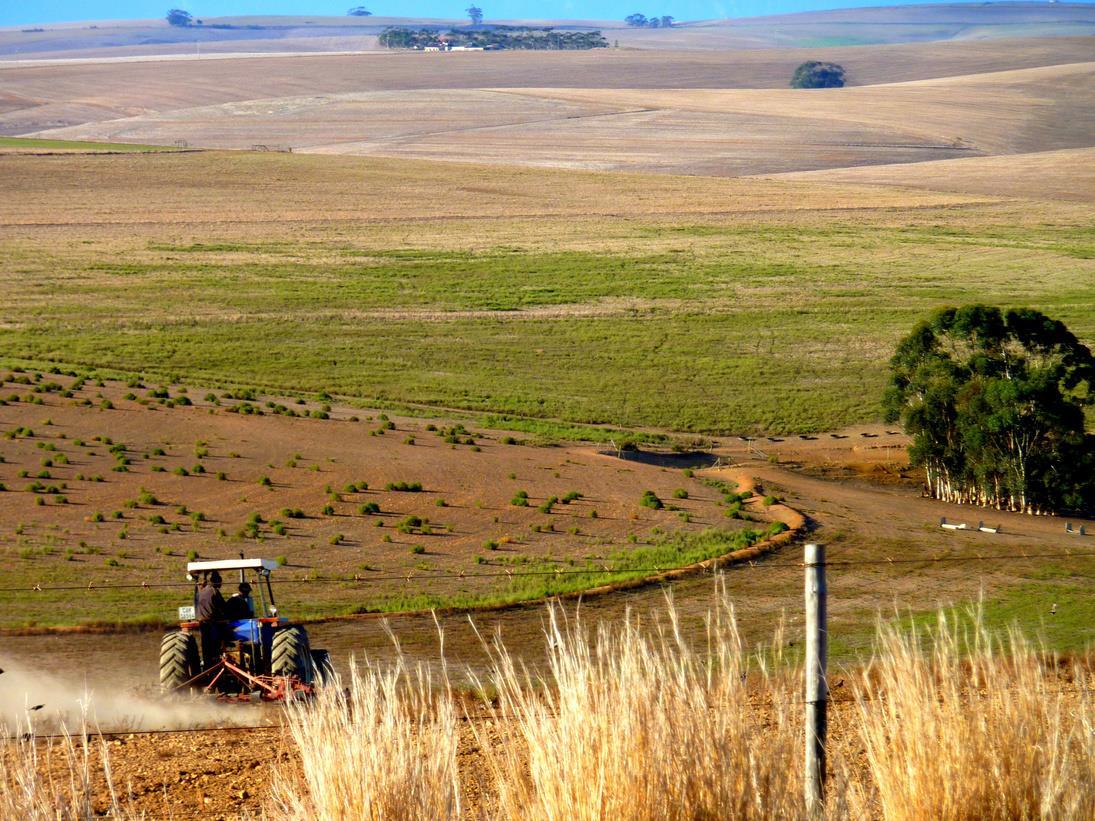

After working intimately with Pinot Noir and Chardonnay for 12 vintages in the Hemel-en-Aarde Valley (“Heaven-and-Earth” in Afrikaans), Hannes Storm discovered two tiny parcels of land with particularly exceptional terroirs. The two vineyards were planted in 2008. Storm’s maiden vintage saw the light in 2012 and, after spending 18 months in bottle, the wines were released in 2014.In 2009, the Hemel-en-Aarde was divided into three separate wards the H, the Upper Hemel-enAarde Valley and the Hemel-en-Aarde Ridge. Storm Vrede Pinot Noir and Vrede Chardonnay are from vineyards in the Hemel-en-Aarde Valley. The Ignis Pinot Noir comes from a vineyard in the Upper Hemel-en-Aarde Valley, and Ridge Pinot Noir is from a vineyard in the Hemel-en-Aarde Ridge. Storm Wines is currently the only producer with Pinot Noirs from each of the three appellations in the Hemel-enAarde. With meticulous viticulture, minimal intervention in the cellar and a constant nod to the Old World, Hannes Storm creates wines with a warm personality and character.
Year Founded: 2008; first vintage was 2012, which was released in 2014
Proprietors: Hannes Storm
Winemakers: Hannes Storm
Size of property: Vrede Vineyard: 2 ha; Ignis Vineyard: 0.5 ha. Amount of property planted: 2.5 hectares
Terroir: Hemel-en-Aarde has a maritime climate. Influenced by the cool Atlantic Ocean, it is considered an exceptional cool-climate winegrowing region. The prevailing summer wind (the Southeaster) is a moderating influence, as is the Benguela Current, which flows up from Antarctica. A higher rainfall average than the rest of the Cape’s wine regions makes a significant difference in drought years. Hemel-en-Aarde Valley and the Hemel-en-Aarde Ridge appellations are established on clay-rich, Bokkeveld shale-derived soils. The vineyards of the Hemel-en-Aarde Ridge are higher in elevation and more varied in aspect. The Upper Hemel-en-Aarde Valley’s vineyards have significant clay content in the subsoil but are mostly located in lighter-structured decomposed granite soil.
Varieties Cultivated: Pinot Noir and Chardonnay
Organic/Sustainable/Other Certifications: IPW (Integrated Production of Wine)
Vilafonté is the first American and South African joint wine-making venture. This ground-breaking red wine project is a partnership between a respected group of wine specialists from South Africa (Mike Ratcliffe) and the United States (Zelma Long and Dr. Phil Freese). The name Vilafonté is derived from the primary soil type of the 100-acre estate. Recorded as one of the oldest soil types in the world (somewhere between 750 000 and 1.5mil years old), this character forms the foundation of these wines. The age of the soil is important as it is deeply evolved and has been stripped of much of its inherent capacity, that encourages smaller vines, lower yields and highly concentrated fruit.
YEAR FOUNDED: 1996
PROPRIETORS: Mike Ratcliffe, Zelma Long, Phil Freese
WINEMAKER: Zelma Long & Martin Smith
SIZE OF PROPERTY: 42 hectares (100 acres); 16 hectares (40 acres) planted
TERROIR: Vilafonte is located in the Paarl-Simonsberg region on the northern side of the Simonsberg Mountains. Annual rainfall in the area is approximately 500 mm (20 inches) with gravelly clay and wellweathered soil. The “Vilafontes” soil type is the namesake for the vineyard and the wines. The area is gently sloping with a northwesterly facing topography, and all of the rows run parallel to the downhill slope. Vine spacing is at 1.2 meter in-row by 1.6 meter between-row to give 5,208 vines per hectare (or 4 feet by 5.25 feet, resulting in 2,110 vines per acre).
Ghazir-KeserwanWinery
In 1930, Gaston Hochar founded Chateau Musar, inspired by Lebanon’s 6,000-year winemaking tradition and his travels in Bordeaux. Gaston’s eldest son, Serge Hochar, became Chateau Musar’s winemaker in 1959, and spent 18 years perfecting the formula for Chateau Musar’s Rouge bottling. Today, Serge’s sons, Gaston and Marc, along with their cousins Ronald and Ralph, continue his legacy and run the day-to-day operations alongside long-time winemaker and viticulturist Tarek Sakr.
REGION: Chateau Musar’s vineyards are located in Kefraya and Aana, both in the Bekka Valley, as well as a new site in Mehrine. The winery itself is located in Ghazir, just north of Beirut.
YEAR FOUNDED: 1930
PROPRIETORS: Hochar Family
WINEMAKERS: Gaston Hochar & Tarek Sakr
PROPERTY: Bekaa Valley, Merhine & Ghazir
SOIL TYPE: Predominantly calcareous/limestone with gravel and stone
VARIETIES CULTIVATED: Red: Cabernet Sauvignon, Cinsault, Carignan, Syrah, Grenache, Tempranillo; White: Obaideh, Merwah, Chardonnay, Viognier, Vermentino
Alexander ValleyAVA Sonoma Napa Valley
North Coast
Barboursville
FROM BROADBENT SELECTIONS
Embark on a journey through the world of wine with Bartholomew Broadbent, a seasoned expert and influencer in the industry since 1996. As the founder of Broadbent Selections, Bartholomew is dedicated to showcasing exceptional wines from family-owned wineries across the globe. In addition to representing some of the world’s finest wineries, Bartholomew also curates a distinguished range of wines produced in select countries with historical ties to his family.
For Bartholomew, wine embodies the essence of family, friendship, and adventure, and his love for California’s Cabernet Sauvignons mirrored his father Michael’s passion for the region, and inspired the creation of four exceptional wines:
North Coast Cabernet Sauvignon: Capturing the essence of California's North Coast terroir, this Cabernet Sauvignon is sourced from two vineyards owned by a family he has known for over three decades. This wine reflects the rich history and distinctive character of the region, with bold flavors, silky tannins, and a lingering finish. The North Coast Cabernet Sauvignon is a companion for all occasions, offering affordable yet uncompromising quality.
The Architect: Crafted as a homage to Bartholomew's father, Michael Broadbent, The Architect pays tribute to his multifaceted legacy. Before delving into winemaking, Michael trained as an architect, instilling in him a deep appreciation for structure, balance, and beauty. Just as Michael's diverse artistic endeavors illuminate his attention to detail, The Architect wine reflects his spirit of creativity and refinement.
The Auctioneer & Auctioneer Reserve (only produced in exceptional vintages): Inspired by Michael Broadbent's pioneering role as an auctioneer, The Auctioneer Cabernet from Napa Valley celebrates his instrumental contribution to the world of wine auctions. As the Head of Christie's Wine Department, Michael spearheaded the first wine auction in 1966, shaping the landscape of wine auctions worldwide. The Auctioneer also honors his connection to Napa and the Napa Valley Wine Auction which he co-founded with Robert Mondavi.

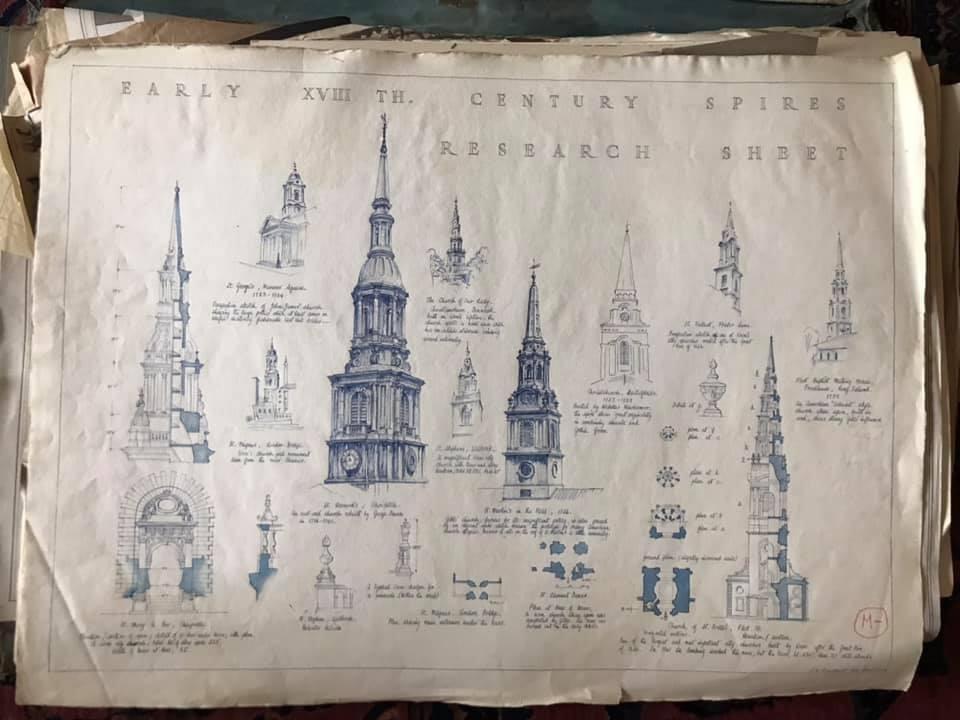
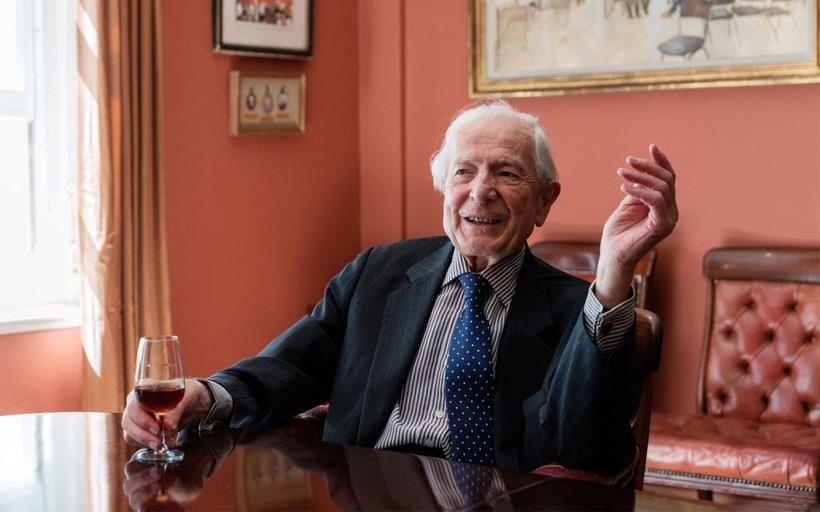
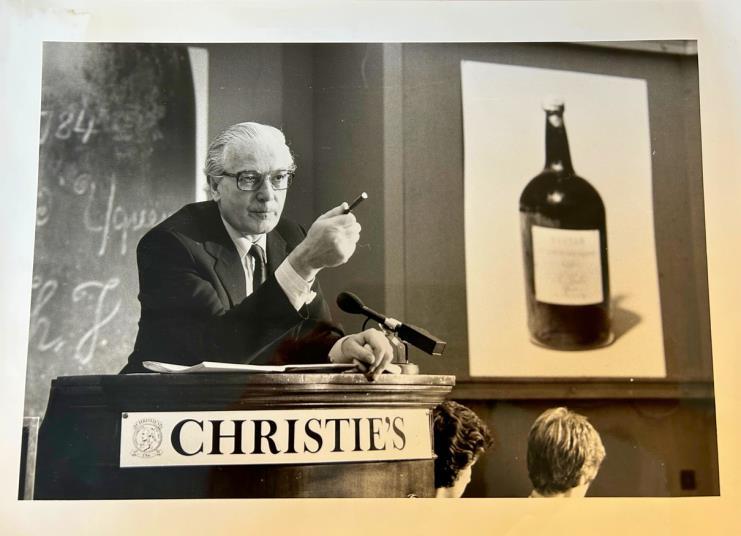
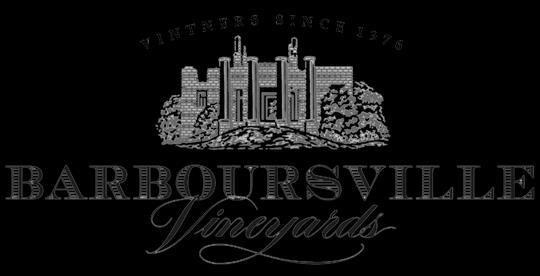
Barboursville Vineyards is Virginia’s first wine estate to be dedicated to growing European, vitis vinifera wine varietals in Virginia. Planted in 1976, the vineyard was founded and continues to be owned by Gianni Zonin from Gambellara, Italy, who is a 7th-generation winegrower whose family’s enterprise, Casa Vinicola Zonin, has been in viticulture since 1821. Barboursville is Zonin’s sole winemaking endeavor outside of Italy. The property is the core of an extensive 18th Century Virginia plantation, now consisting of some 900 acres, of which 162 are in vine. Winemaker- General Manager Luca Paschina, holder of a degree in oenology from Instituto Umberto in Alba and now in his 21st year at Barboursville, oversees dayto-day vineyard operations with viticulturist Fernando Franco, who has been at Barboursville for 20+ years.
REGION: Virginia, United States
YEAR FOUNDED: 1976
PROPRIETORS: Casa Vinicola Zonin, Italy & Dr. Gianni Zonin
WINEMAKERS: Luca Paschina and Daniele Tessaro
PROPERTY: 900 acres; 160 acres planted
TERROIR: Red clay generated from deterioration of volcanic soil from the Blue Ridge Mountains.
VARIETIES: Pinot Grigio, Chardonnay, Moscato, Cabernet Franc, Cabernet Sauvignon, Petit Verdot, Merlot, Nebbiolo, Barbera, Sangiovese, Vidal, Vermentino, Viognier
Erden Nierstein
Year Founded: Dr. Hermann has over 400 years of history.
Helmed by Christian Hermann since 2001.
Proprietor: Christian Hermann
Winemaker: Christian Hermann
Size of property: 9 hectares (22 acres)
Terroir: Ürziger Würzgarten: very red sandstone and slate soils produce wines with exotic, spicy aromas, tropical fruit flavors, and a mesmerizing earthiness.
Erdener Treppchen: Across the Mosel river from the small town of Erden, this vineyards is known for its very steep slope. Treppchen (meaning little staircase in German) refers to the stone steps built into the hillside to help workers reach the vines. The vineyard is on a variety of iron-infused red, grey and clay slate soils.
Erdener Prälat: The iconic terroir of the Mosel. Gray and red slate soils are planted with original root-stock Riesling up to 100 years old, with perfect exposition to the sun.
Varieties Cultivated: Riesling
Louis Guntrum was established in 1648, and since 2003 has been owned and operated by Louis Konstantin Guntrum, who is the 11th generation of the Guntrum family to make wine. During the French Revolution, the family fled across the Rhine River to Bensheim. In 1909, Louis Guntrum returned to Nierstein and founded the Louis Guntrum winery as it is known today. In February 1945, during WW II, U. S. General Patton occupied the winery and the family mansion, having crossed the River directly at the Louis Guntrum estate. The current generation is focused on producing high-quality wines that are produced with passion and rooted in history.
Porto Douro
Portugal
Madeira
Vinho Verde
Bartholomew Broadbent’s love for Portuguese wines stems from their eminent drinkability, restrained alcohol levels and the balance which makes them versatile enough to pair with all kinds of everyday dining.
Broadbent wines are friendly on the palate, yet with enough quality to please the discriminating connoisseur, at an affordable price.
Year Founded: 1994
Winemaker: Luis Sottomayor, Juan Teixeira,
Flávia Rosário
Soil: Multiple vineyards, schist (Port), volcanic (Madeira)
Annual Production: 30,000
Varieties Cultivated:
Port - Malvasia Fina, Códega, Rabigato, Gouveio, Tinta Amarela, Tinta Roriz, Tinto
Cão, Touriga Franca,
Madeira - Tinta Barroca, Sousão, Touriga
Nacional, Tinta Negra, Sercial, Verdelho, Boal, Malmsey, and others
Justino’s Madeira Wines was established in Madeira in 1870 and is one of the oldest producers and exporters of Madeira wine and has outstanding position in the market, for its high quality wines.
Region: Madeira, Portugal
Year Founded: 1870
Winemaker: Juan Teixeira & Dina Luis
Terroir: The island of Madeira has an oceanic, tropically-influenced climate and volcanic soil. With high rainfall and an average mean temperature of 19°C (66°F), fungal diseases and botrytist are constant hazards. To combat these threats, Madeira vineyards are often planted in low trellises known as latada that raise the canopy off the ground. The wine is cultivated in terraced steps of red and basaltic bedrock called poios. Broadbent Madeira is made in the classic British style. All of the Broadbent Madeira’s spent time in 650Litre cask with as much as 150 years of age.
Varieties Cultivated: Malmsey, Tinta Negra Mole, Sercial, Triunfo, Complexa, Verdelho, Bual, Terrantez and the occasional bucket of Cabernet Sauvignon. The four major grape varietals of Madeira are Malvasia (or Malmsey), Boal, Verdelho and Sercial.
Organic/Sustainable/Other Certifications: Justino’s uses solar panels to heat the cellar and for temperature stabilization.
Piemonte
Chianti
Montalcino
REGION: Piemonte, Italy
YEAR FOUNDED: 1911
PROPRIETORS: Piero Bava
WINEMAKER: Giulio and Paolo Bava
SIZE OF PROPERTY: 125 ha (300+ acres) owned in Monferrato, Nizza, and Barolo
TERROIR: Wine is crafted in Cocconato, nestled in the hills of Monferrato Asti. The family's vineyard spans 50 hectares across Monferrato and Langhe, featuring natural practices such as grass cuttings and pruning remnants as organic fertilizers. The use of wooden poles from renewable forests and grassing between rows not only prevents soil erosion but also confirms the absence of herbicides.
VARIETIES CULTIVATED: Barbera, Cortese, Nebbiolo, Moscato, Ruchè, Malvasia
ORGANIC/SUSTAINABLE/OTHER CERTIFICATIONS: The winery adheres to a philosophy of "listening to nature and following her lead," practicing sustainability without formal certifications. It employs eco-friendly agricultural methods in line with environmental protection norms. The facility generates 150% of its electricity through rooftop solar panels, and 20 hectares of woods and meadows offset CO2 emissions. Additionally, bottles are made from 80% recycled glass, with reduced weight to save on materials and transportation costs.
REGION: Tuscany, Italy
YEAR FOUNDED: 1349, 23rd generation family winemaking
PROPRIETORS: Alessandra Casini Bindi Sergardi & Nicolò CasiniBindi Sergardi
WINEMAKER: Federico Cerelli & Stefano Di Blasi
SIZE OF PROPERTY: 1000 ha (2,470+ acres) owned
TERROIR: The vineyards in the hills surrounding Siena, with soils of Galestro, Alberese, and Macigno of Chianti, define the unique territory. Ideal for vineyards, the landscape features rolling hills and large terraces, symbolizing Tuscany.
• Tenuta Mocenni
• Tenuta I Colli
• Tenuta Marcianella
VARIETIES CULTIVATED: Sangiovese, Cabernet Sauvignon, Merlot, Trebbiano, Malvasia Bianca, Chardonnay
CERTIFICATIONS: Wines are crafted with eco-friendly agricultural methods, complying with EU norms for environmental protection. Natural fermentation in the cellar, no irrigation in the vineyards, and dedication of a Marcianella estate hectare to solar panels showcase sustainability efforts. While not officially certified, Bindi Sergardi is devoted to comprehensive sustainable practices.
Year Founded: Estate was purchased in 1957
Proprietors & Winemakers: Patrizio and Amedeo Cencioni
Size of property: 66 hectares; 23 hectares planted
Terroir: Clay, limetsone, and rock with marine deposits.
Annual Production: 55,000–80,000, depending on vintage
Varieties Cultivated: Sangiovese, Merlot, Pinot Grigio, Moscato
Owned by the Cencioni family since 1957, Capanna farm, located in Montosoli, north of Montalcino, was founded by Giuseppe Cencioni. Alongside his sons Benito and Franco, it became one of the first modern Brunello farms.
Bottling started in the 1960s, and with Brunello di Montalcino achieving DOC status in 1966, Giuseppe co-founded the Consorzio del Vino Brunello di Montalcino. Initial production was a few thousand bottles, expanding with new vineyards.
Exporting to Germany in 1975, they later reached markets in the USA, Canada, Switzerland, and more. Capanna, managed by the family and collaborating with Oenologist Paolo Vagaggini, maintains a family-run ethos in both farming and winemaking.
Chazalettes & Co. was established in Turin, Italy, in 1876, and is one of the historical vermouth producers in the Piedmont.
Their vermouth was particularly appreciated by the Savoy dynasty, so much so that Queen Margherita of Savoia and Princess Laetitia of Savoy-Napoleon granted the right to bear the Royal House emblem, still visible on labels today.
The heir of the founder, Giovanni Chazalettes, preserved all the family’s centenary recipes. Thanks to both Giovanni and Francesca Bava, we can once again enjoy the original flavors of Vermouth della Regina Rosso and Bianco, and Extra Dry Vermouth, authentic to the profile of Vermouth di Torino.
Blenheim
Bryan and Jan Johnson established the first of their 380 acres of estate vineyards in 1993. Pioneering what was then a Marlborough sub region, the Johnsons’ Lower Waihopai development continued, with the fruit being grown and sold to other wine companies. In 2000, they began producing and selling wine under the Spy Valley label, its name derived from a nearby satellite communications monitoring station (or spy base).
YEAR FOUNDED: Vineyard: planted in 1993, first vintage released 2000
PROPRIETORS: Amanda Johnson
WINEMAKERS: Emily Gaspard-Clark
SIZE OF PROPERTY: 162+ hectares (400+ acres) // 154 hectares (380 acres) planted
TERROIR: Spy Valley's vineyards rest on youthful alluvial terraces with stone and shingle under a thin topsoil, while older terraces feature clay over river gravel. Steep slopes have wind-blown clay. The valley gets less than 1,100 mm (43 inches) of annual rain, with 200 mm (8 inches) in the October-May growing season. Spring poses frost risks, and summers peak above 30°C (86°F) in January and February.
ANNUAL PRODUCTION: 150,000 cases
VARIETIES CULTIVATED: Sauvignon Blanc, Riesling, Chardonnay, Pinot Gris, Gewurztraminer, Pinot Noir, Syrah
Penedès
A medieval Catalan farmhouse in the town of Torroelles de Foix is the origin of Heredad Montsarra, a well-known vineyard in Alt Penedes. In 1992, Heredad Montsarra became part of Bardinet, S.A. Montsarra Cava is made from a careful blend of native grapes. Contributing strength and quality, Macabeo makes up 60 to 70 percent of the blend; Xarello, which comprises 15 to 20 percent, adds substance and structure; and Parellada, at 15 to 20 percent, supplies the deep aroma. Once blended, the cava receives a second fermentation in the cellars, where the temperature is constant and the wine is protected against light and vibration. Monstarra Cava is typically cellared for a minimum of 1 1/2 to 2 years.
YEAR FOUNDED: 1857
PROPRIETORS: Bardinet, S.A.
WINEMAKER: Ramon Viader Guixà
SIZE OF PROPERTY: 40 hectares (99 acres)
AMOUNT OF PROPERTY PLANTED: 40 hectares (99 acres).
TERROIR: Penedes is a region in eastern Catalonia that includes the areas of Alt Penedes, Baix Penedes and the Garraf. The vineyards of the Heredada Montsarra are situated at an altitude between 250–310 meters (800–1,000 feet) above sea level, and are protected against the wind by the mountains of La Llacuna. The soil is calcareous. The average annual temperature is 14°C (58°F), and ranges from 27°C (82°F) in July to 2°C(37°F) in January.
broadbent.com
@broadbentselections
@broadbentselectionsinc
@info@broadbent.com




























